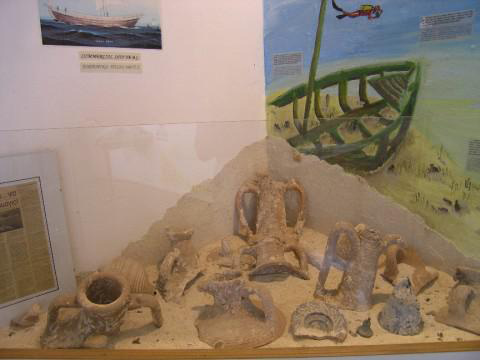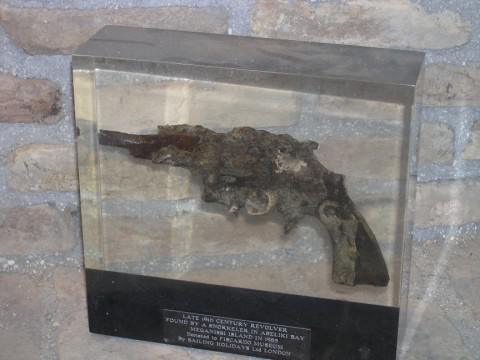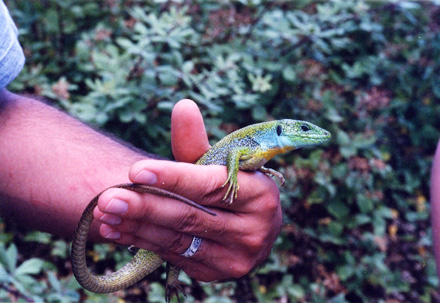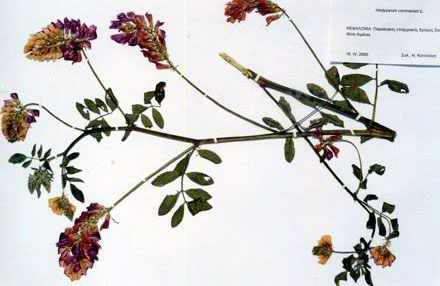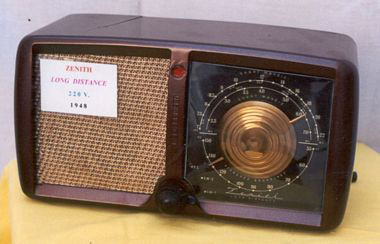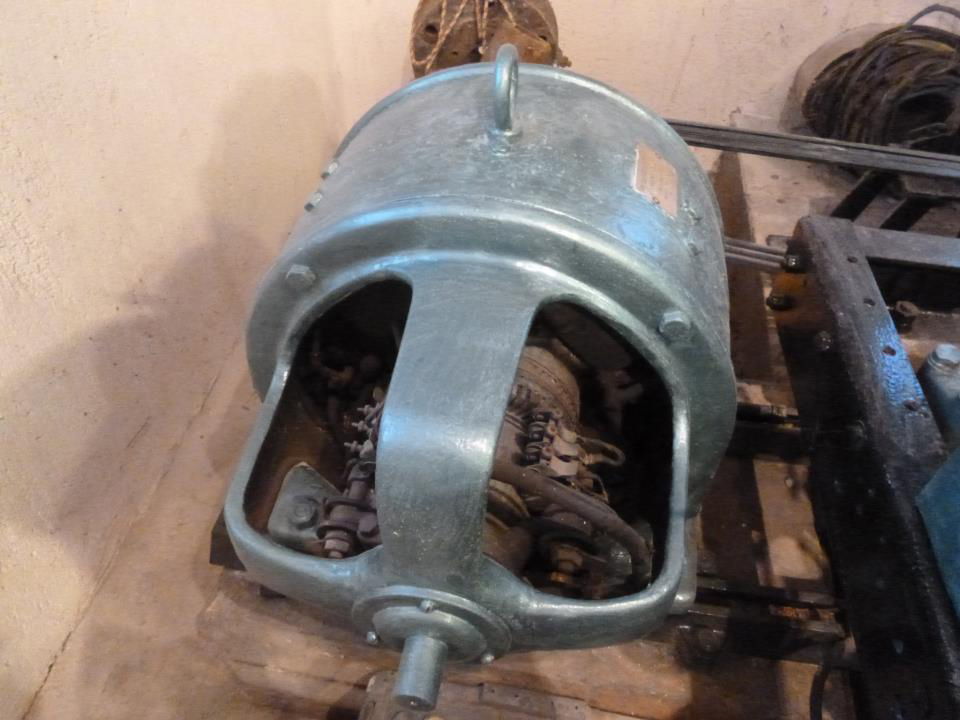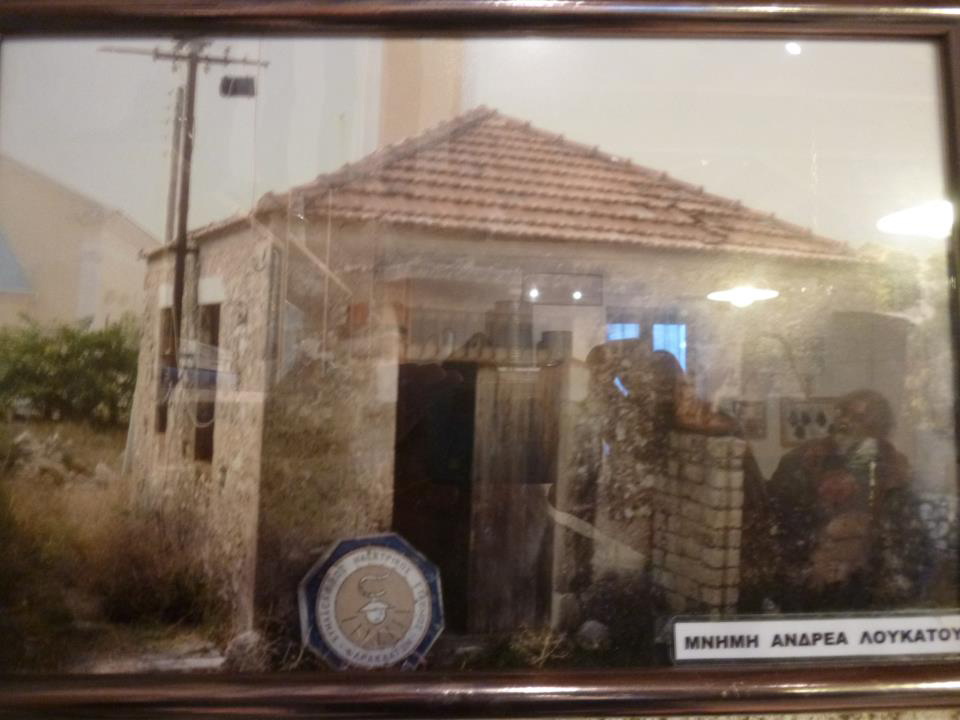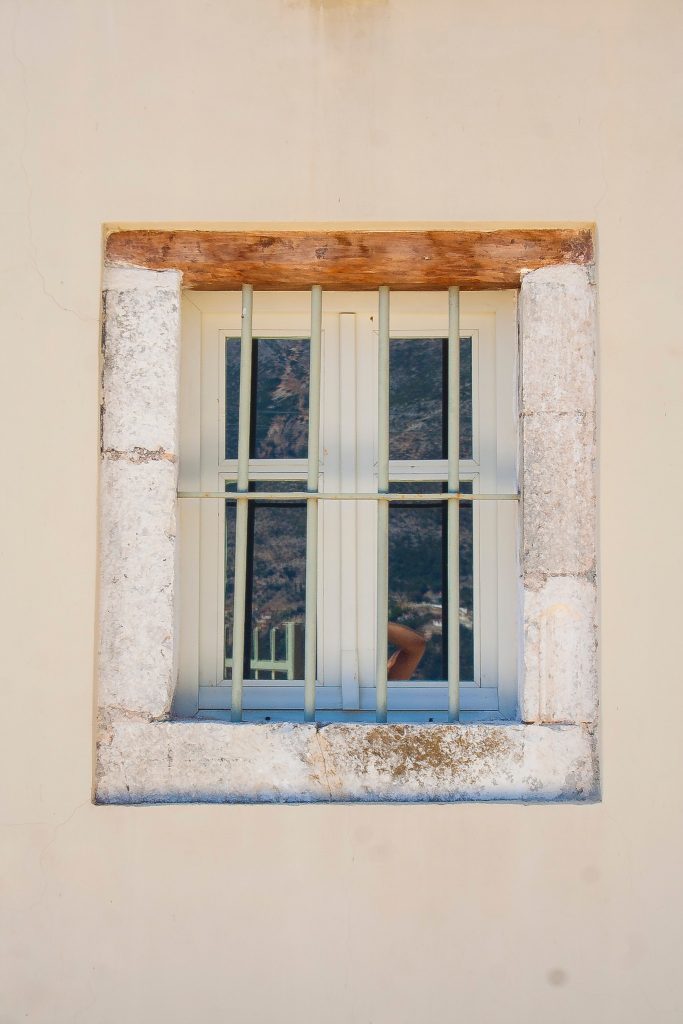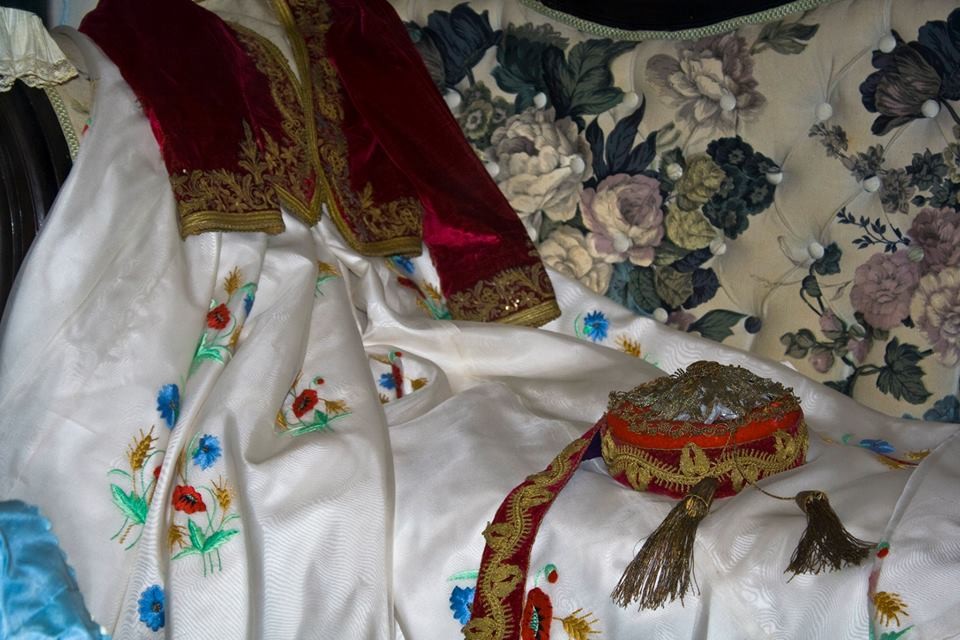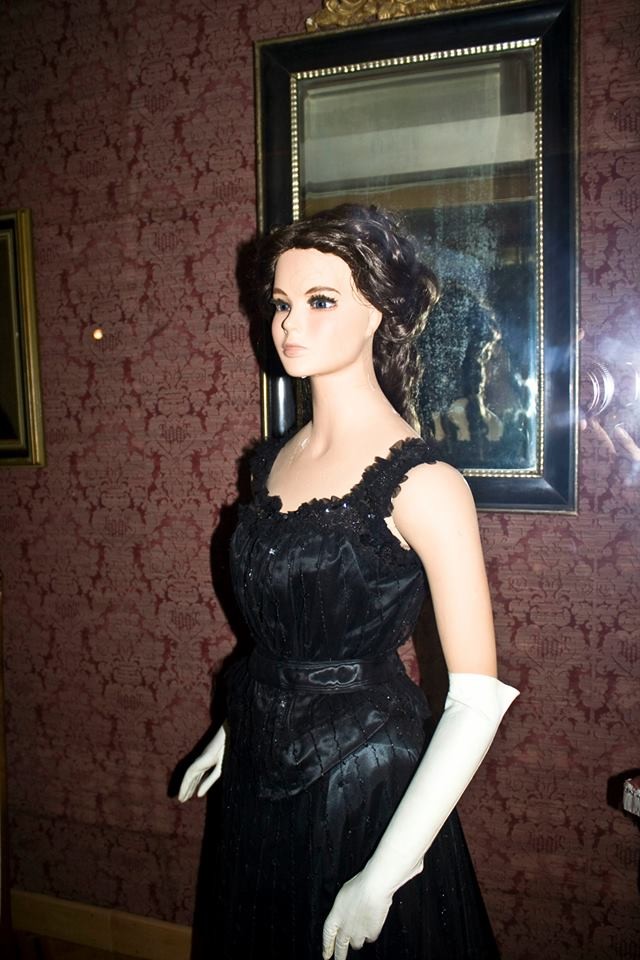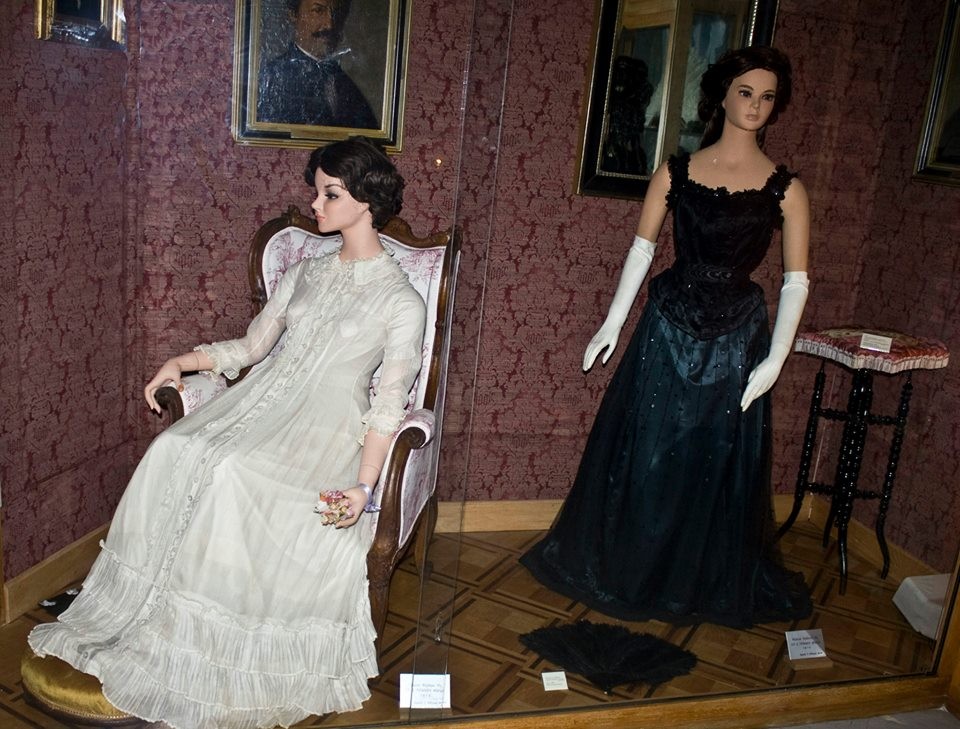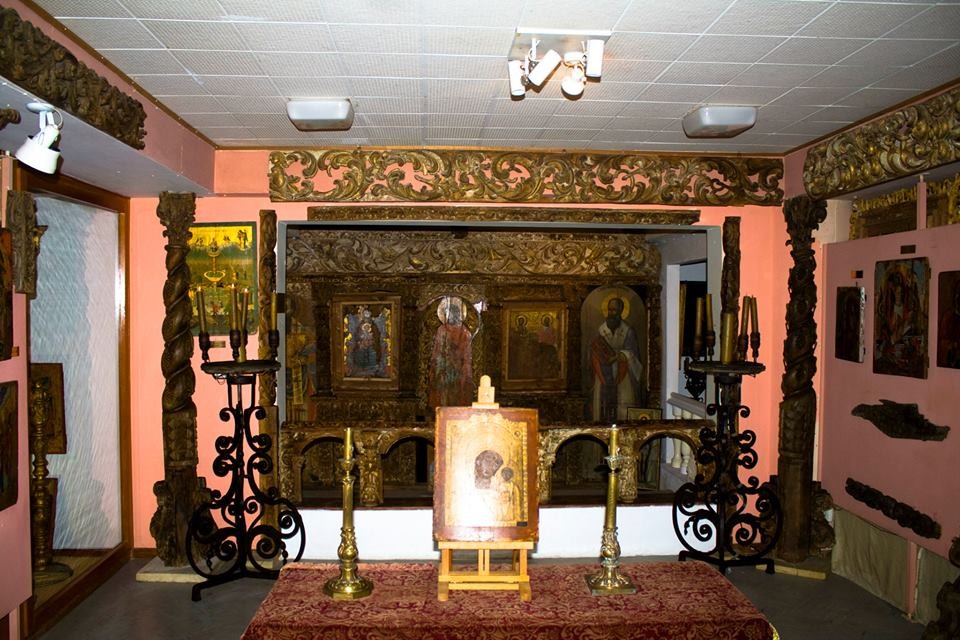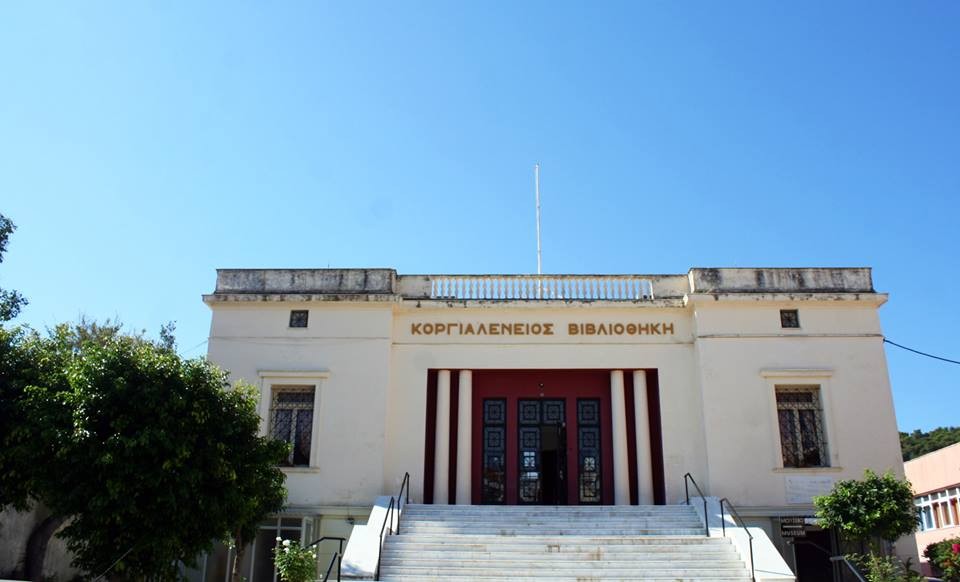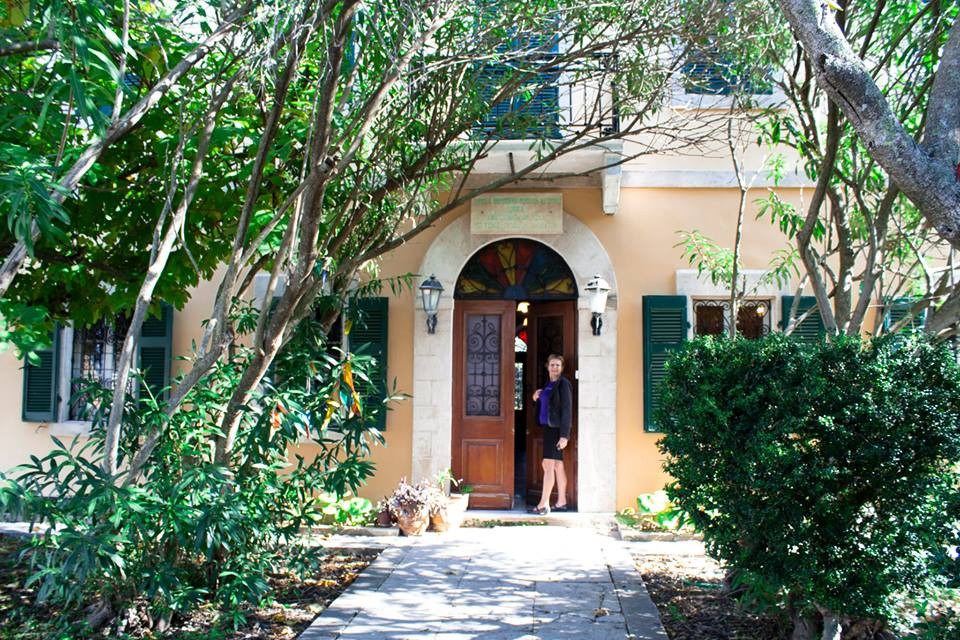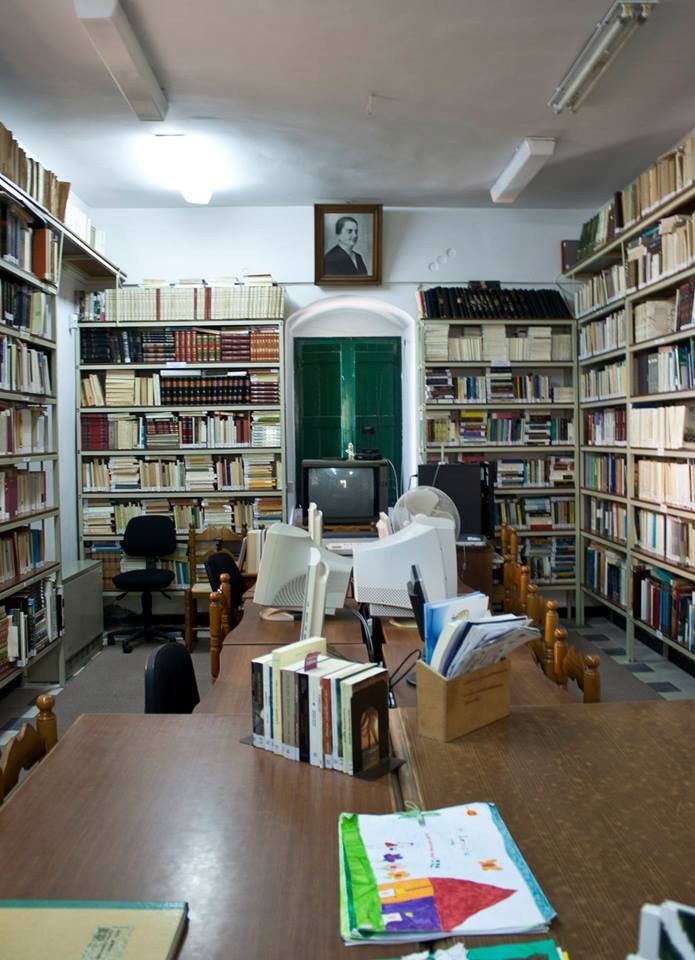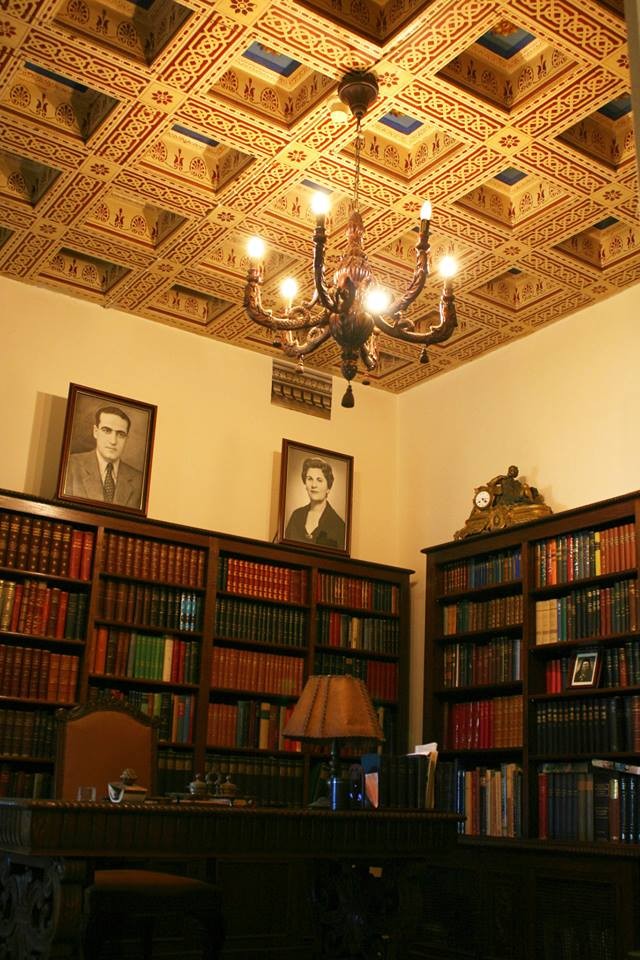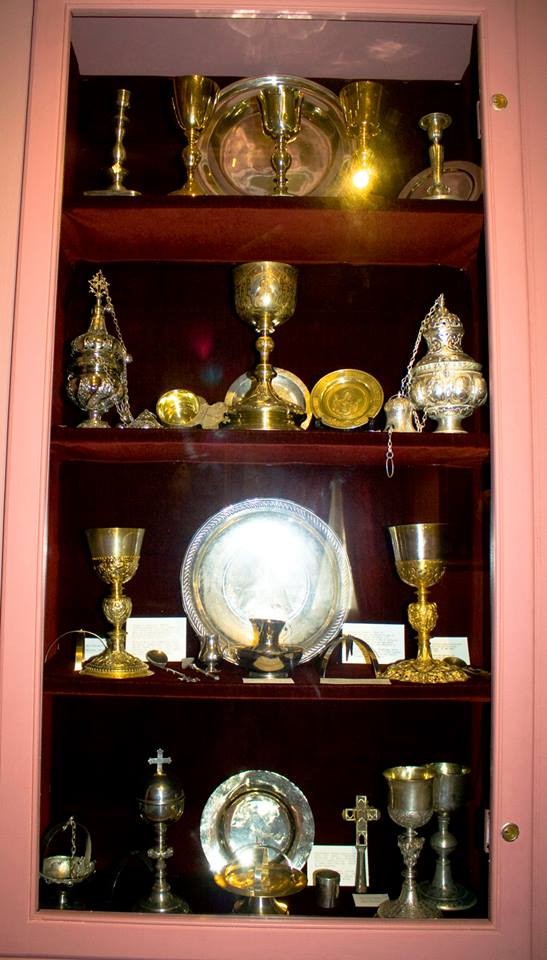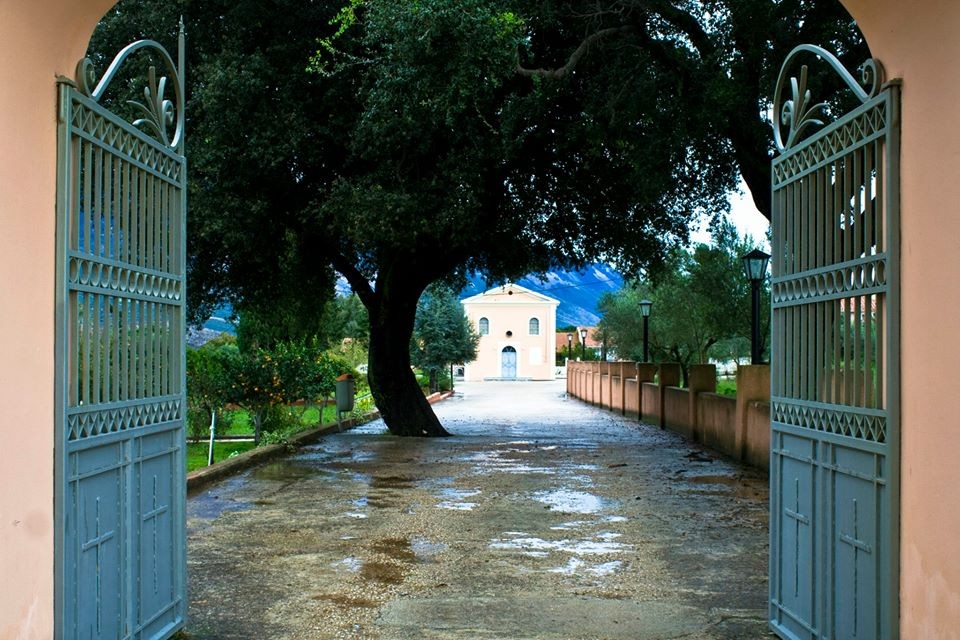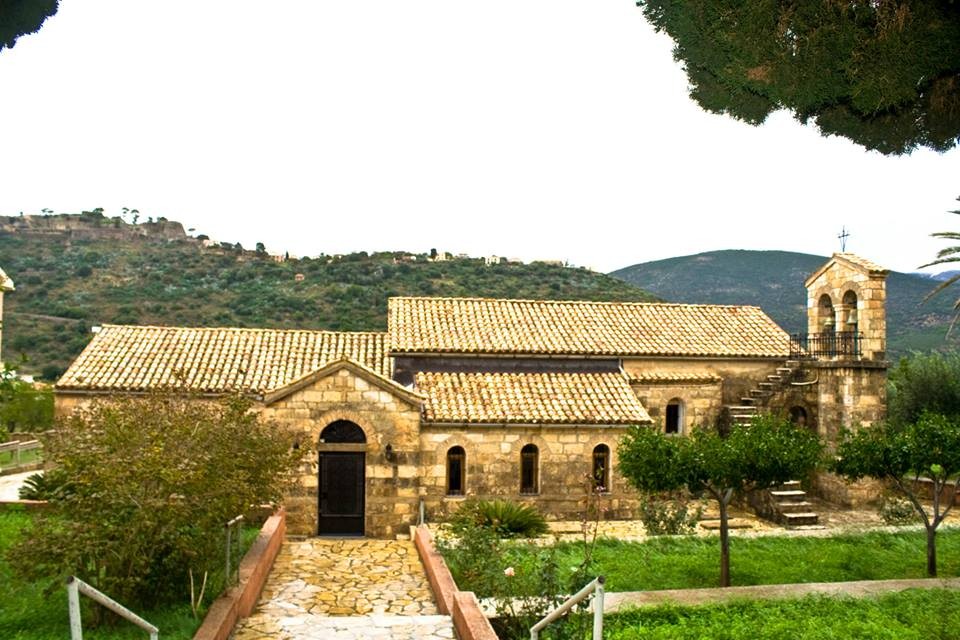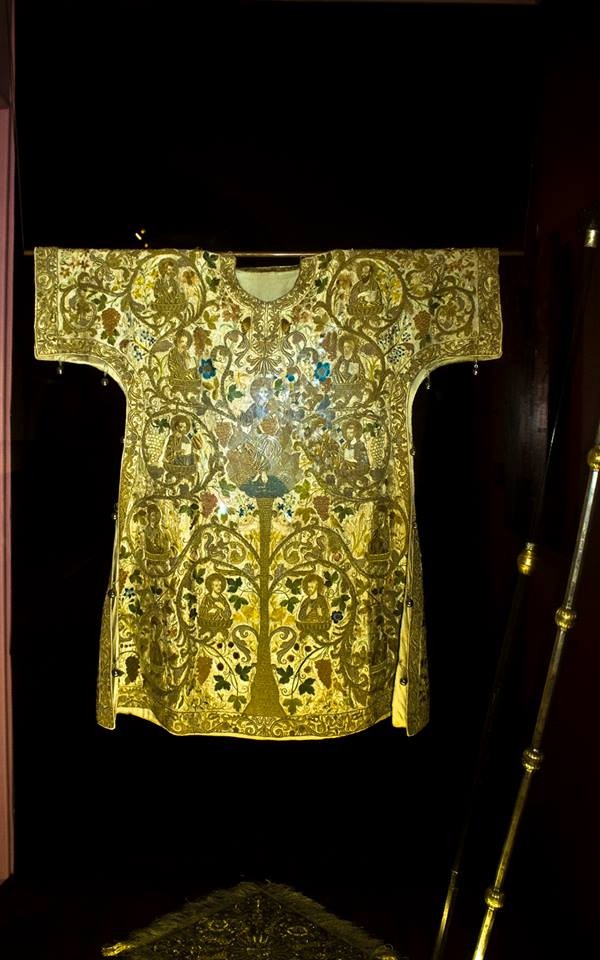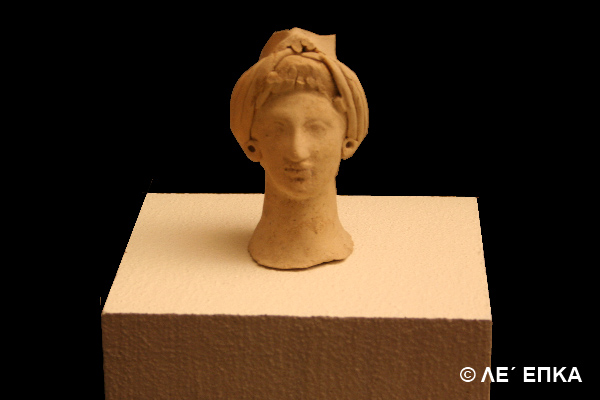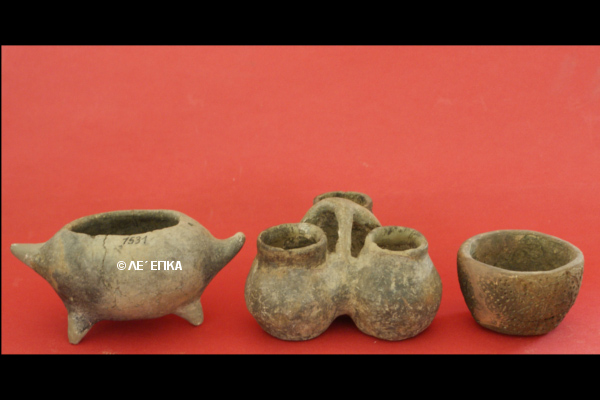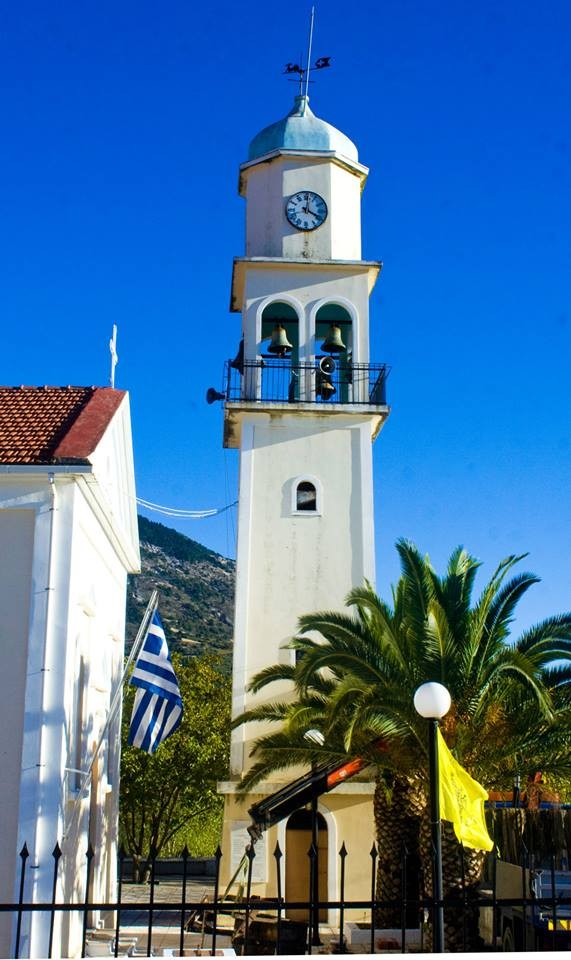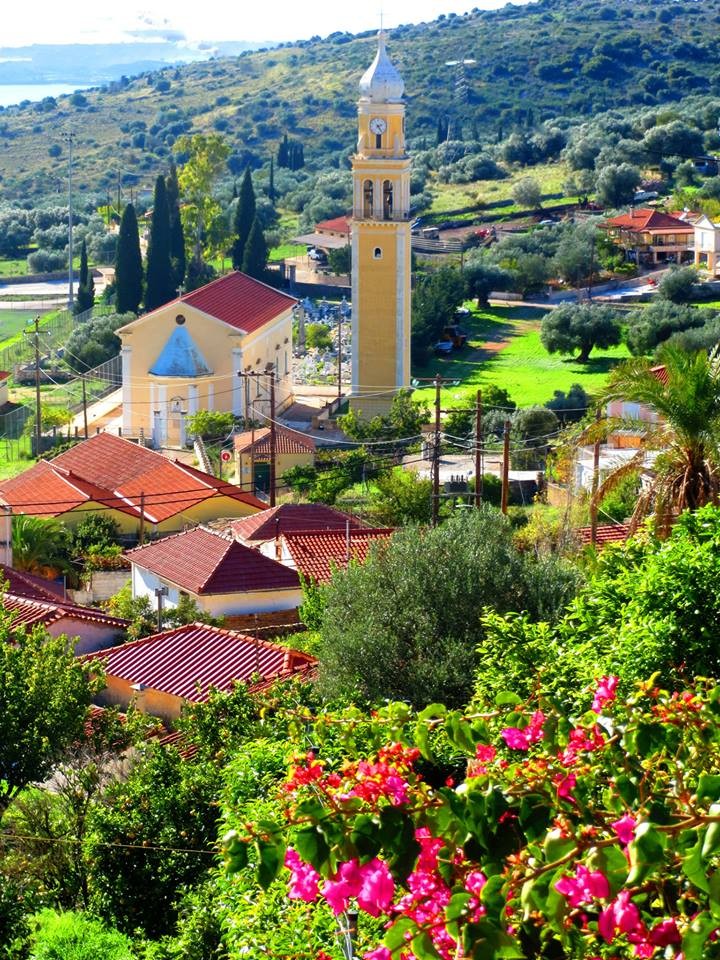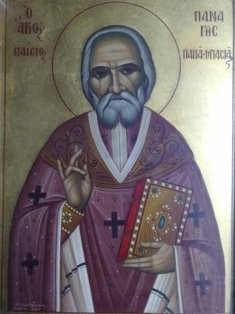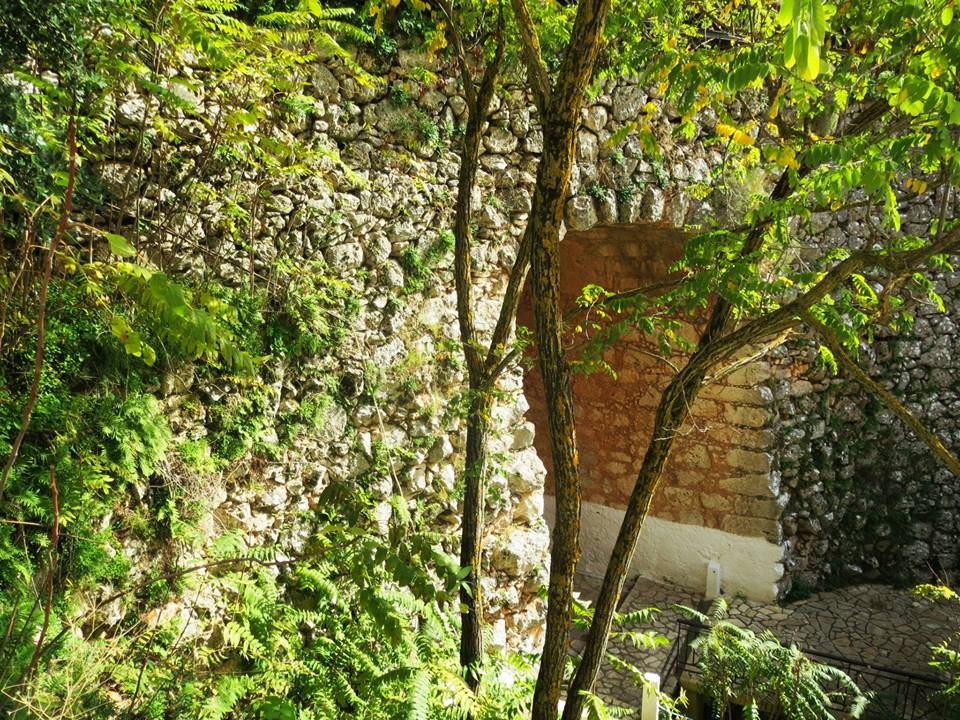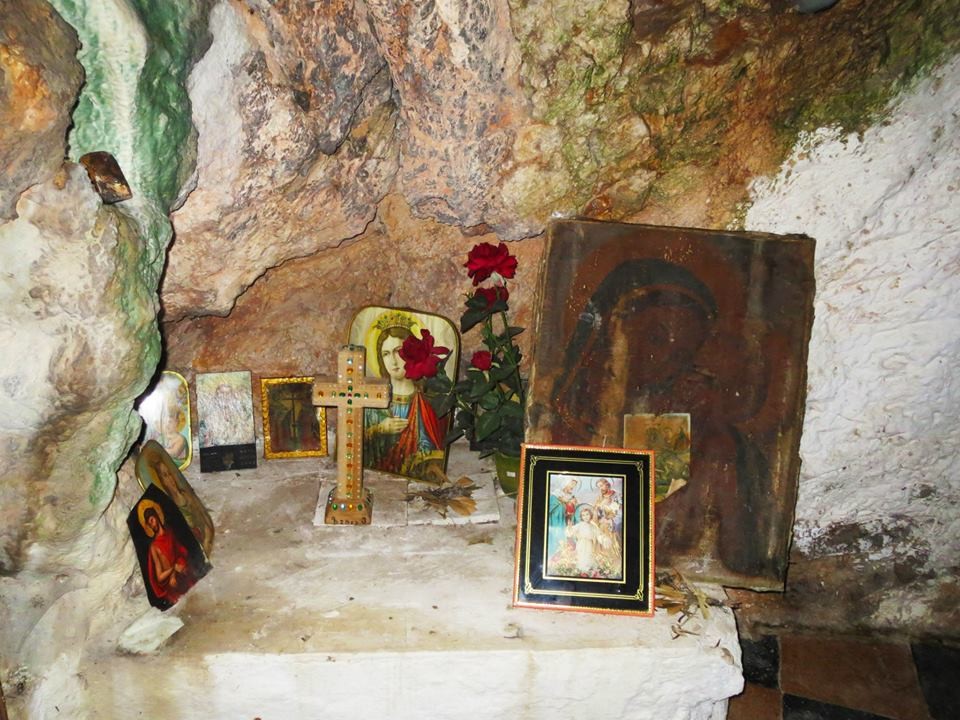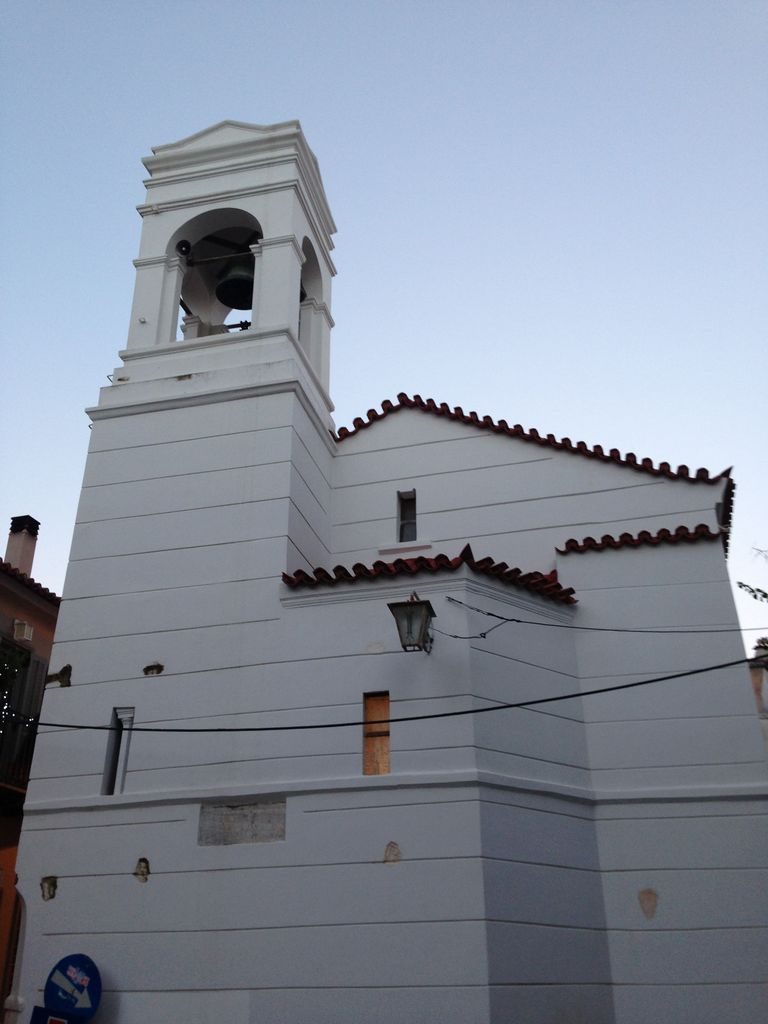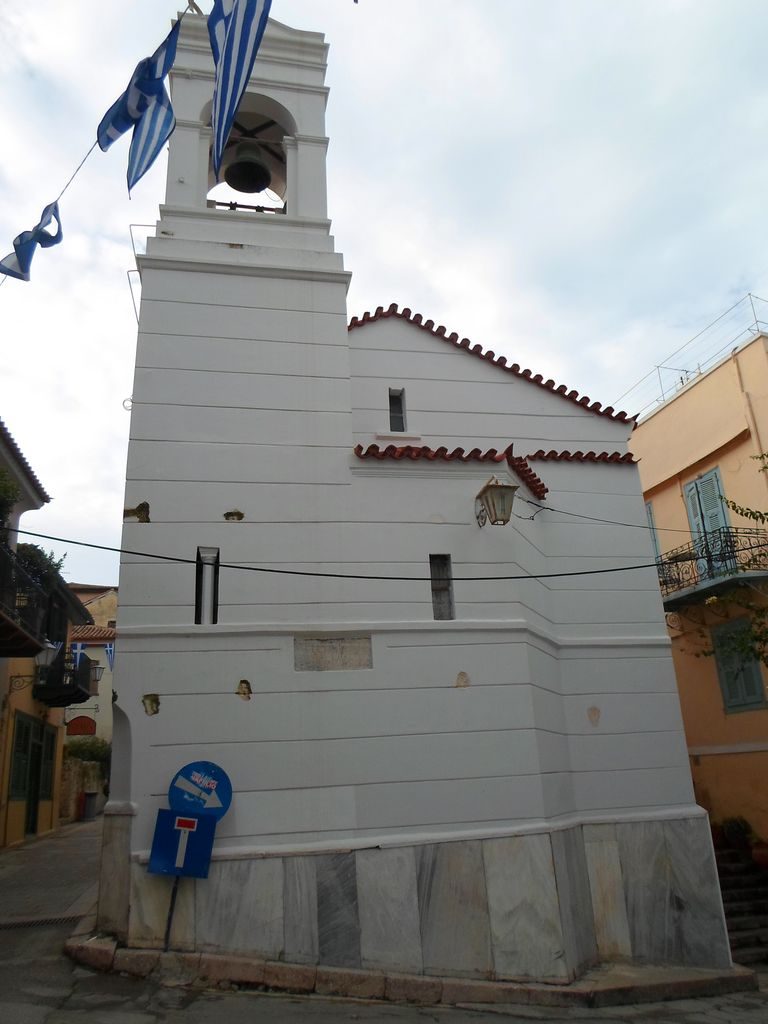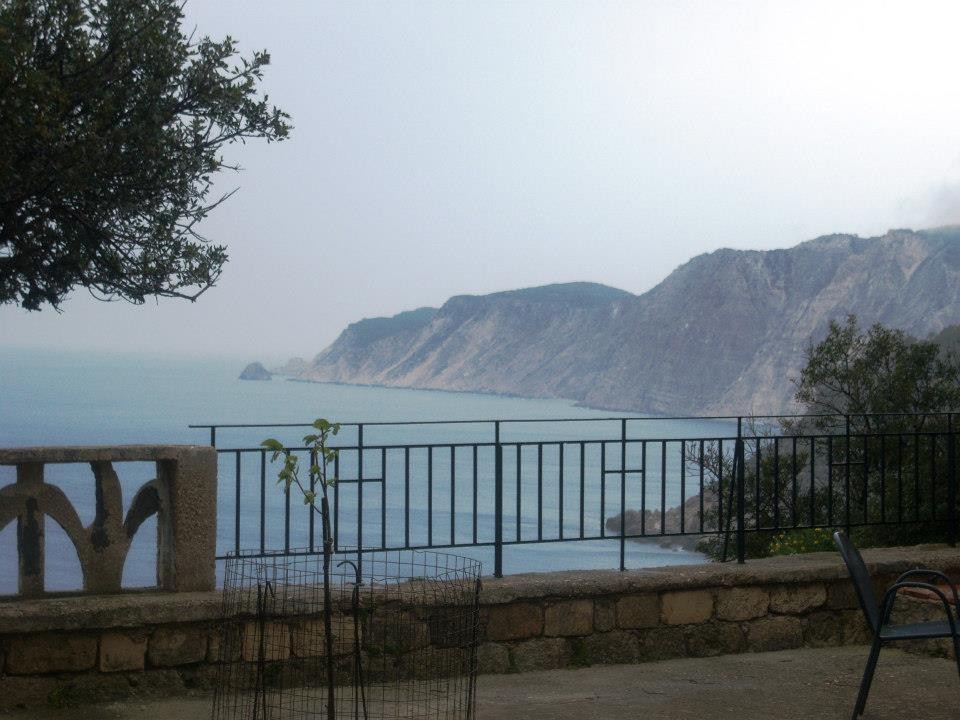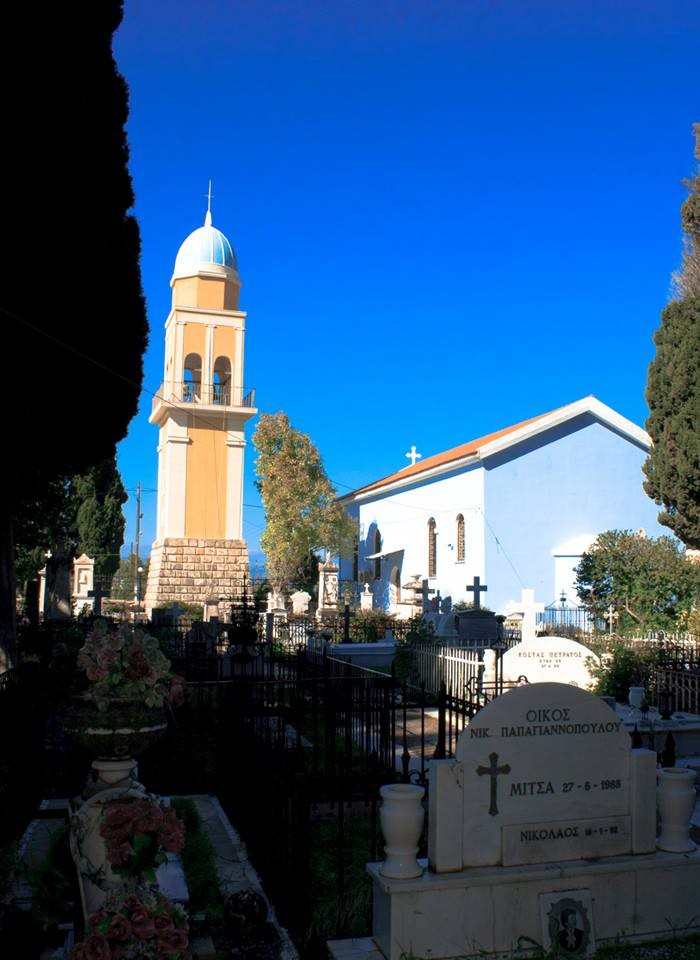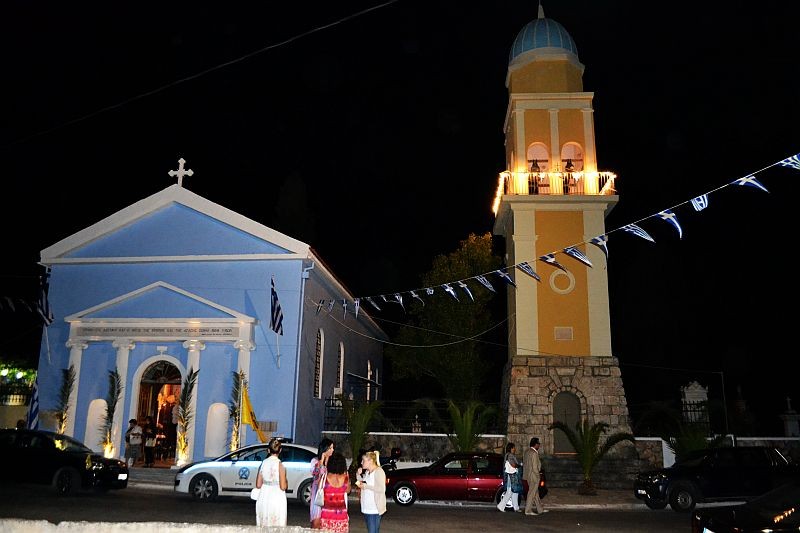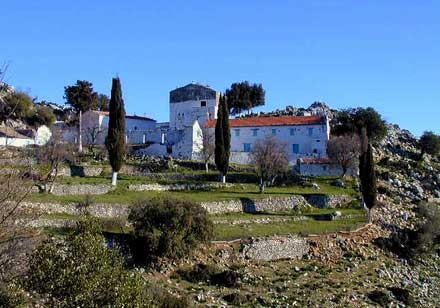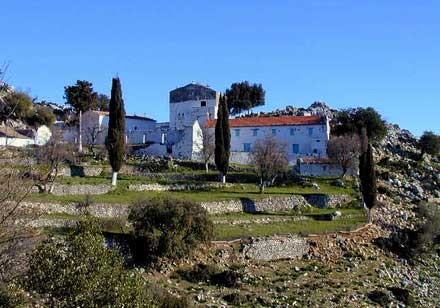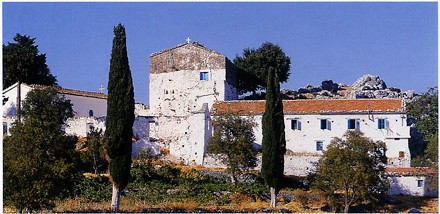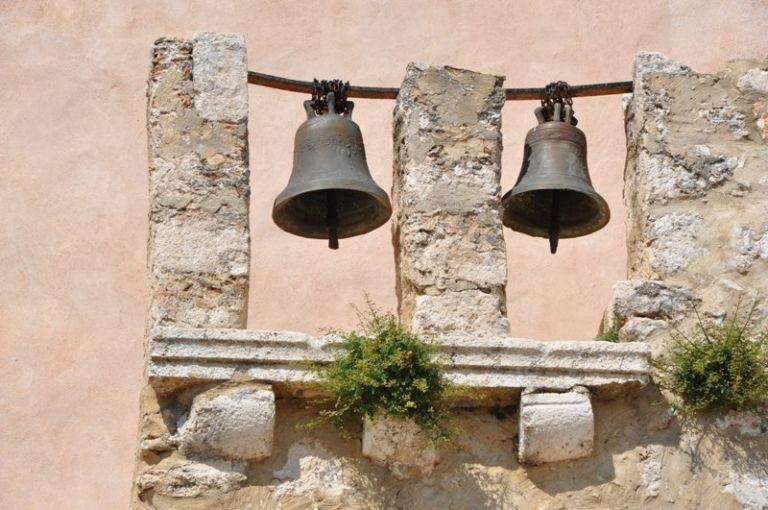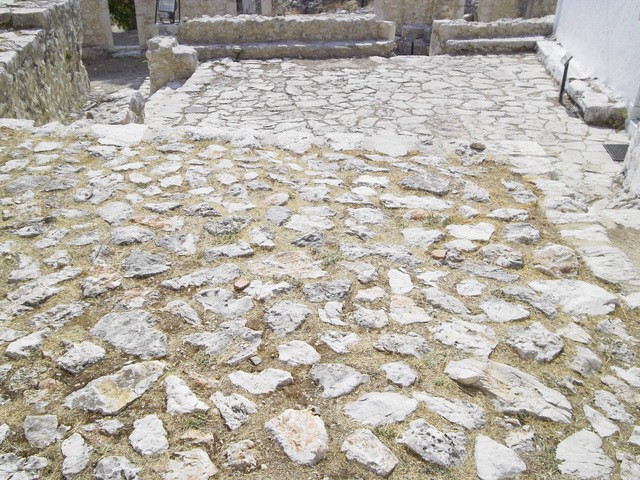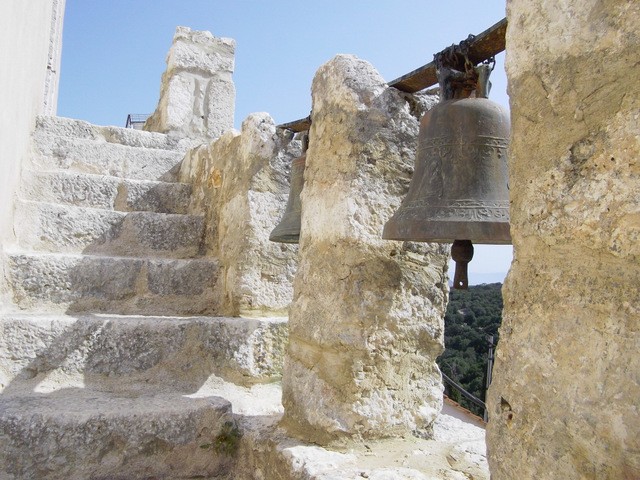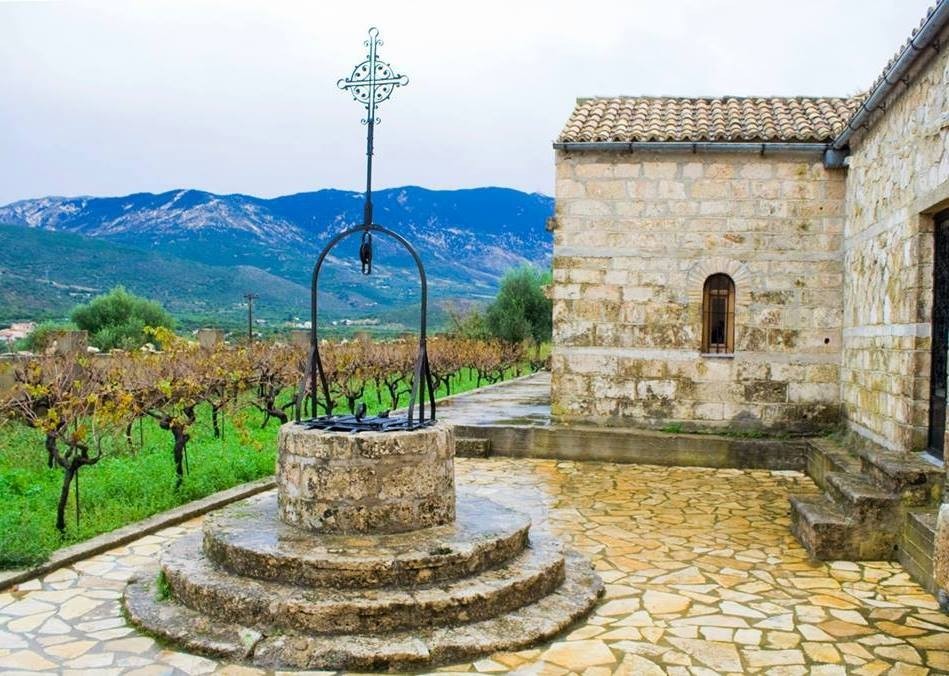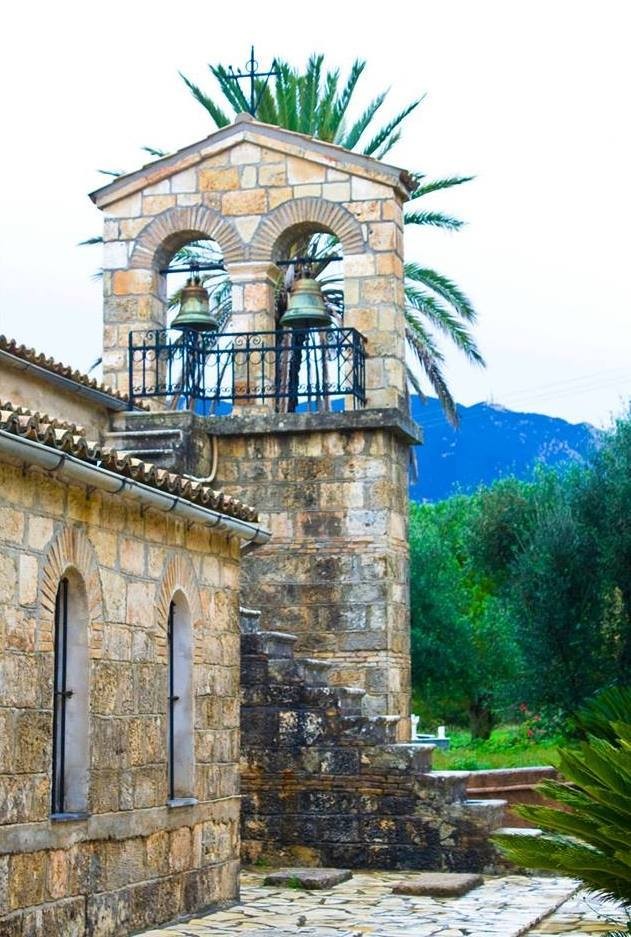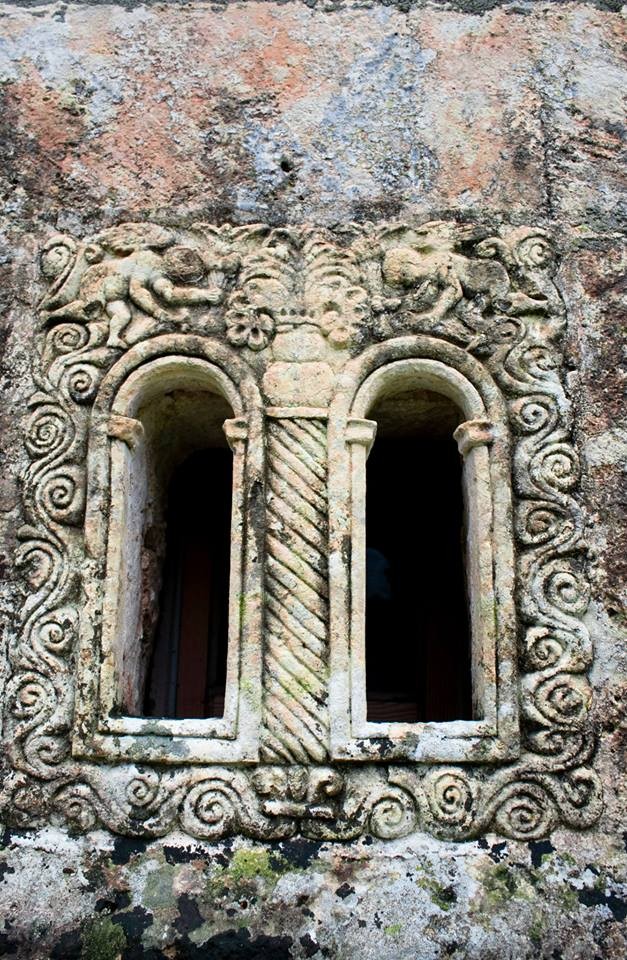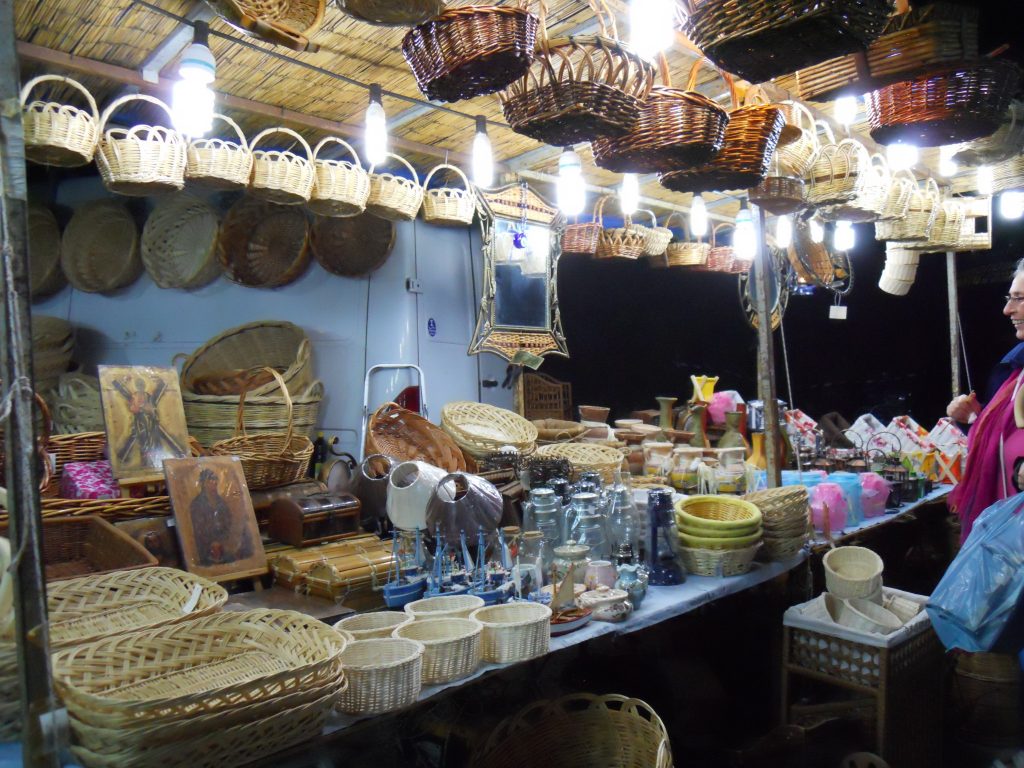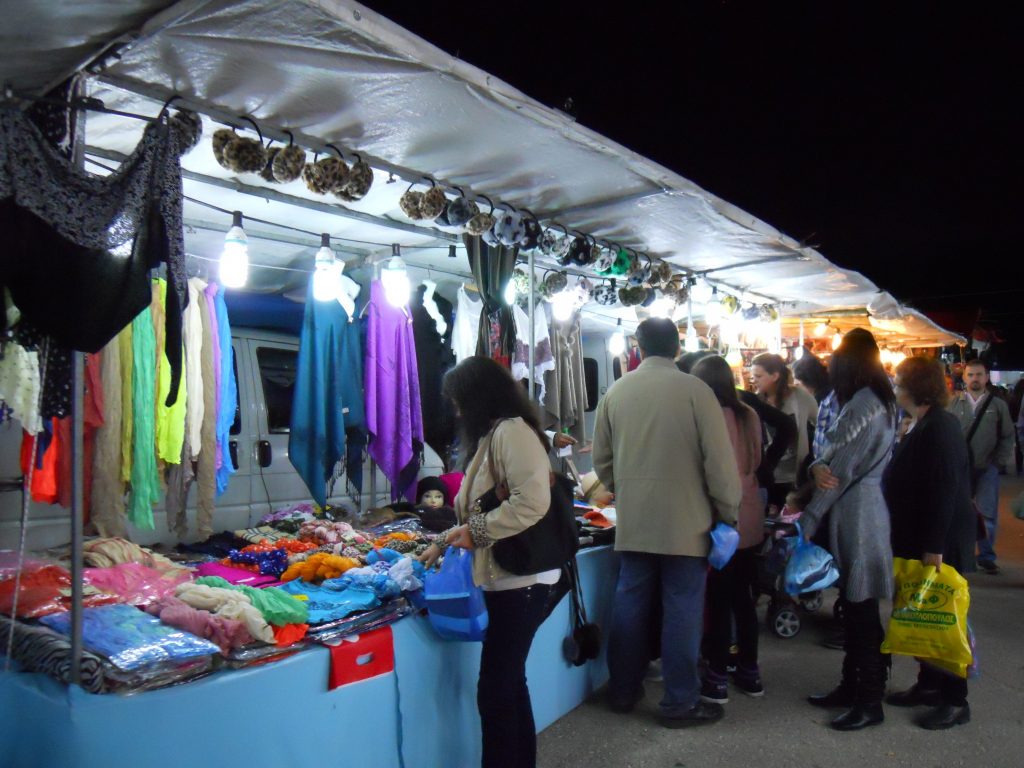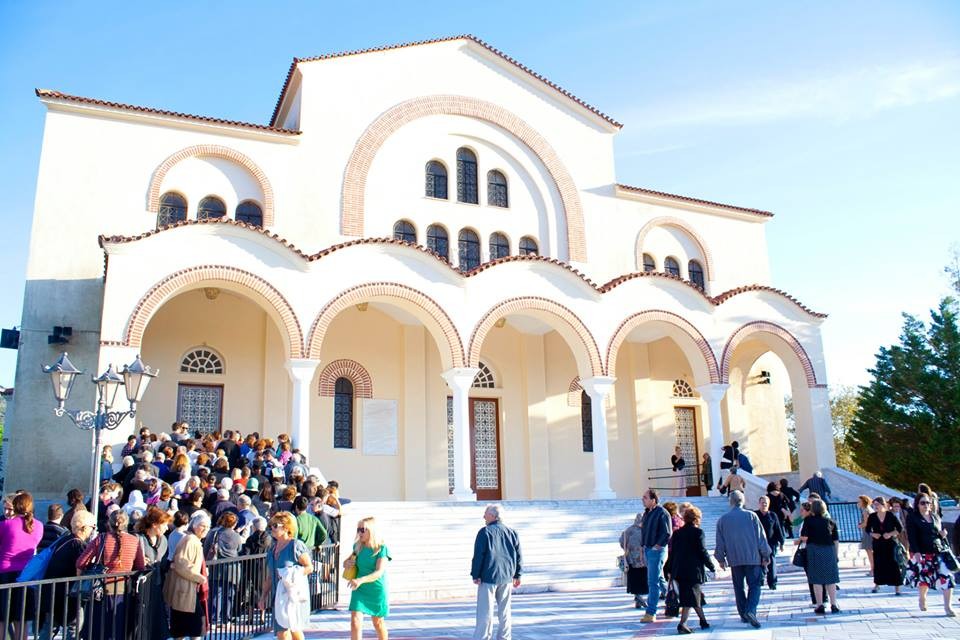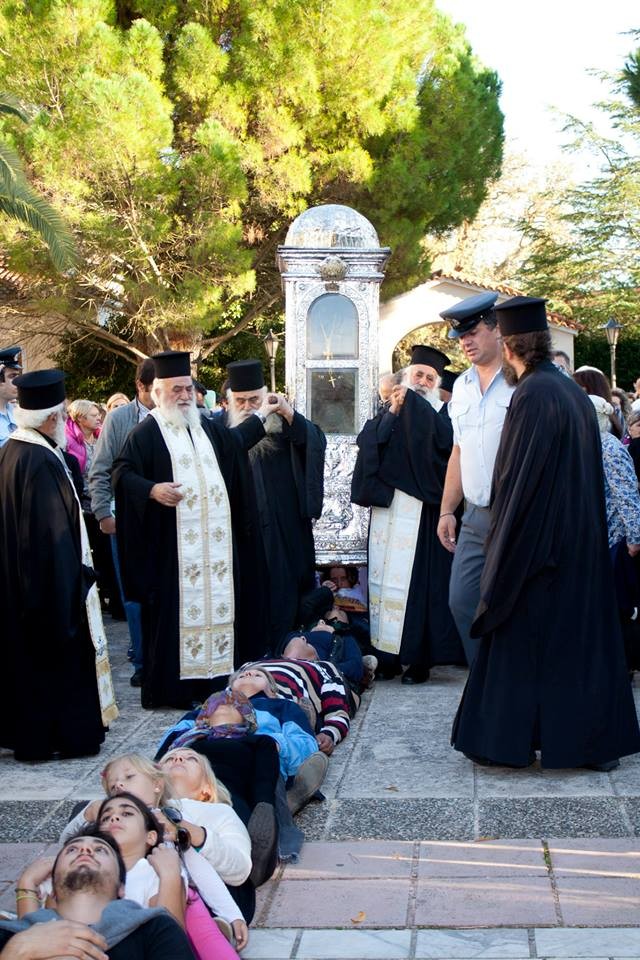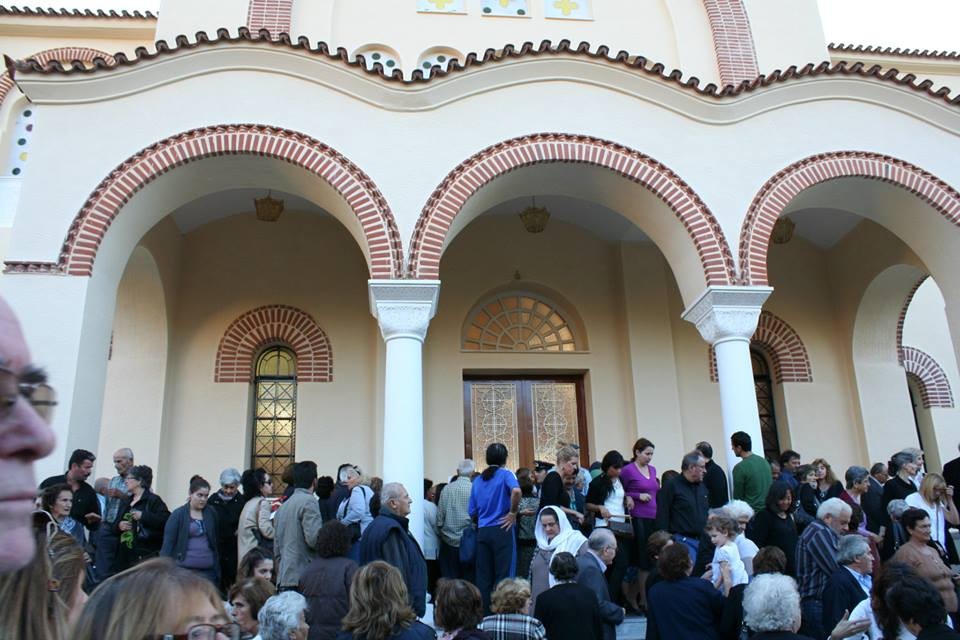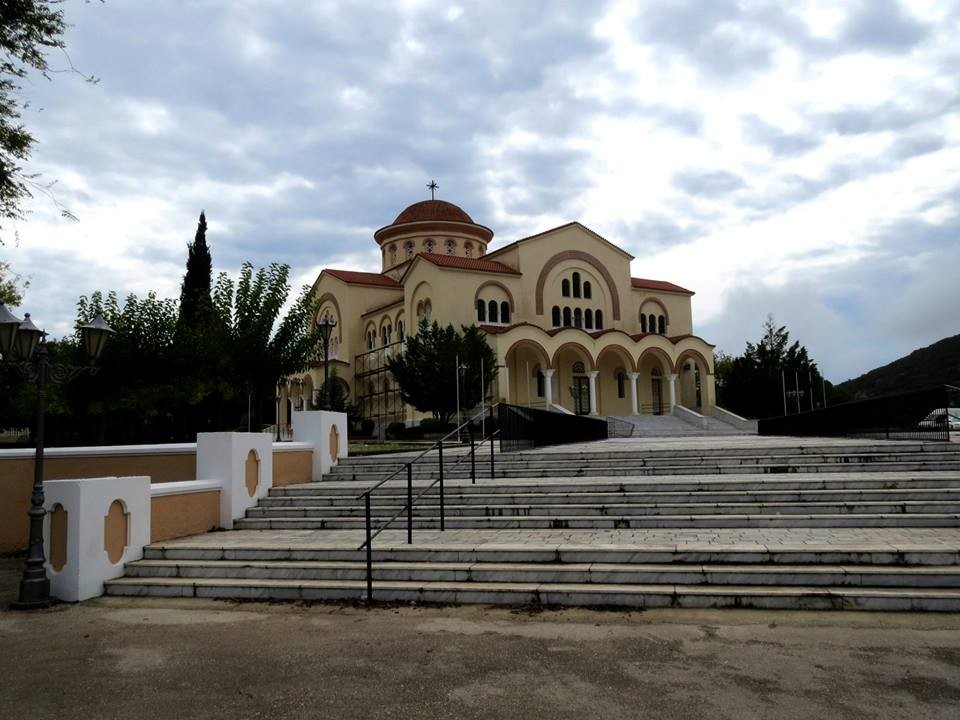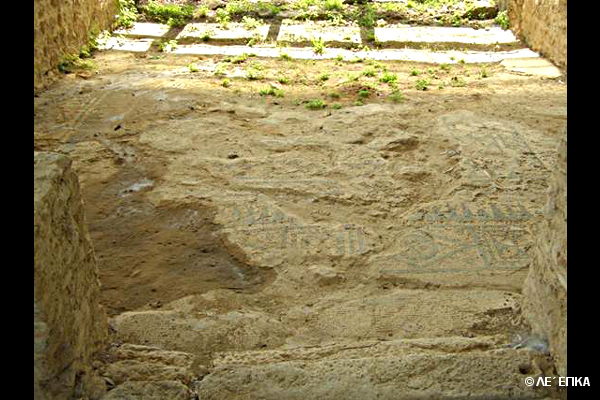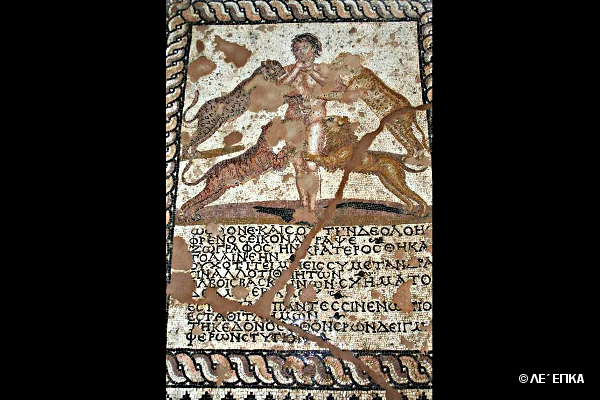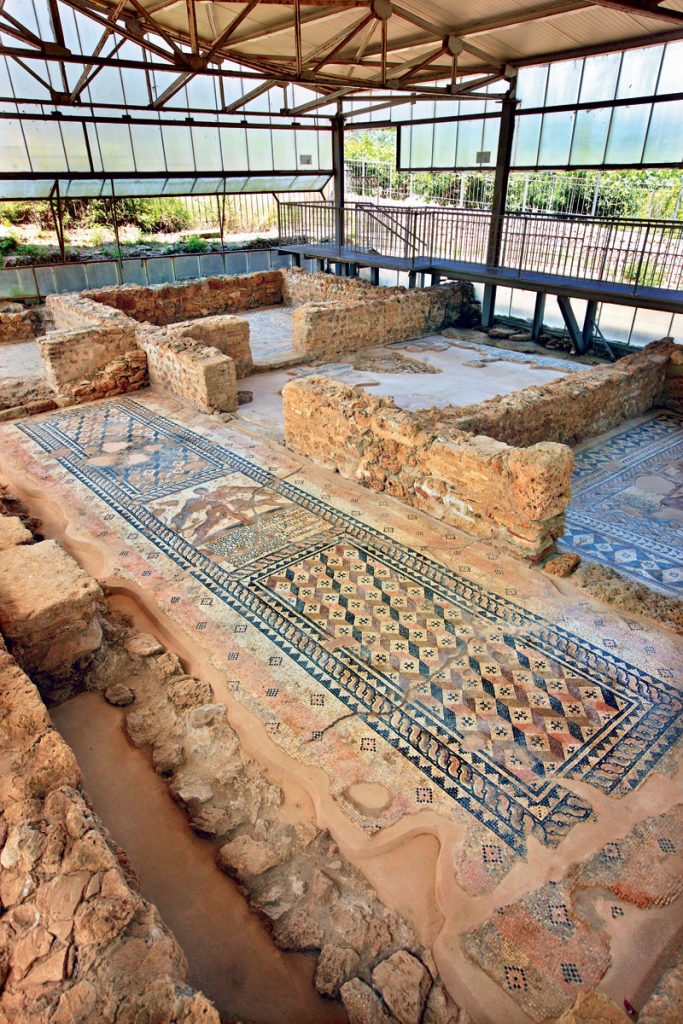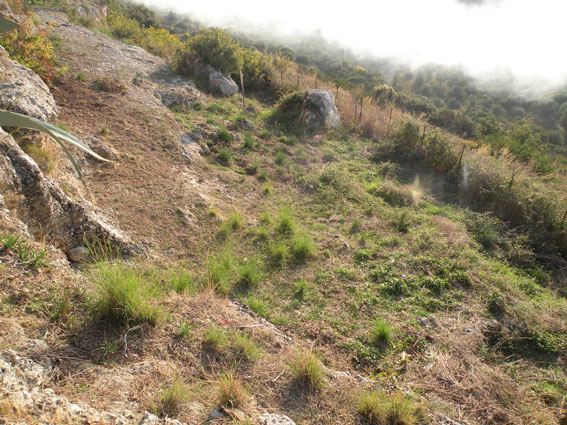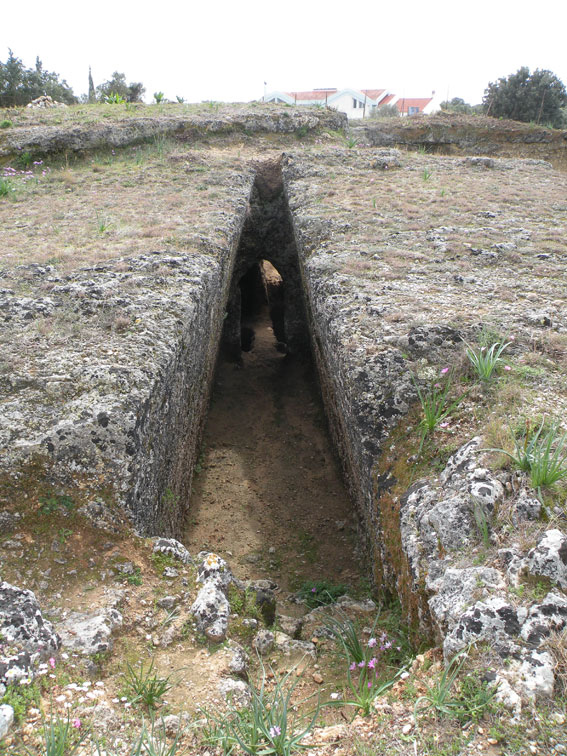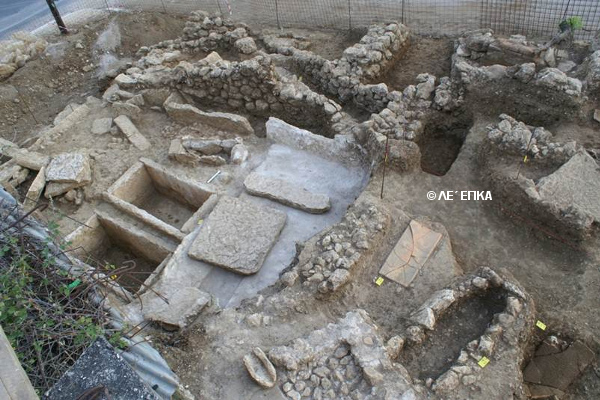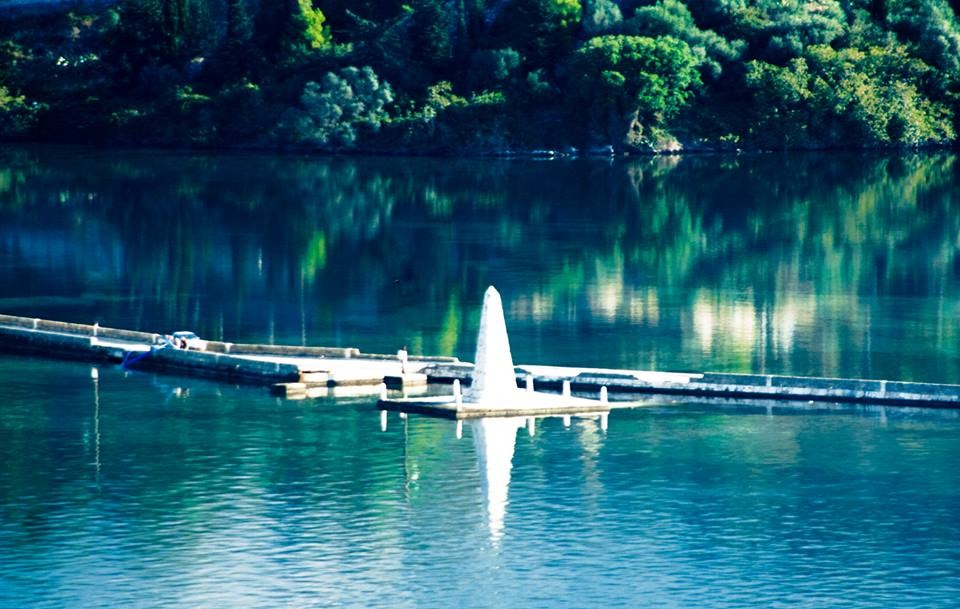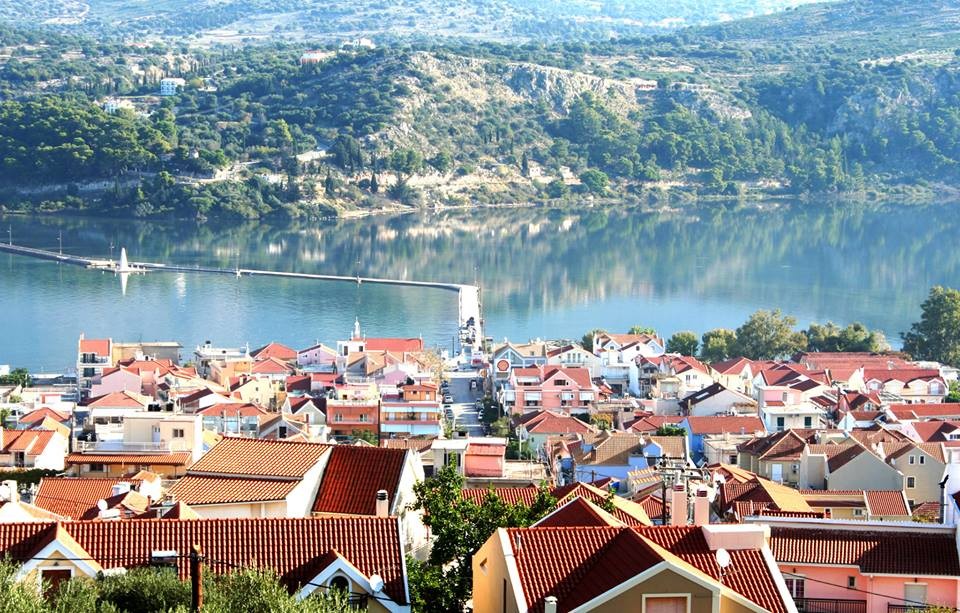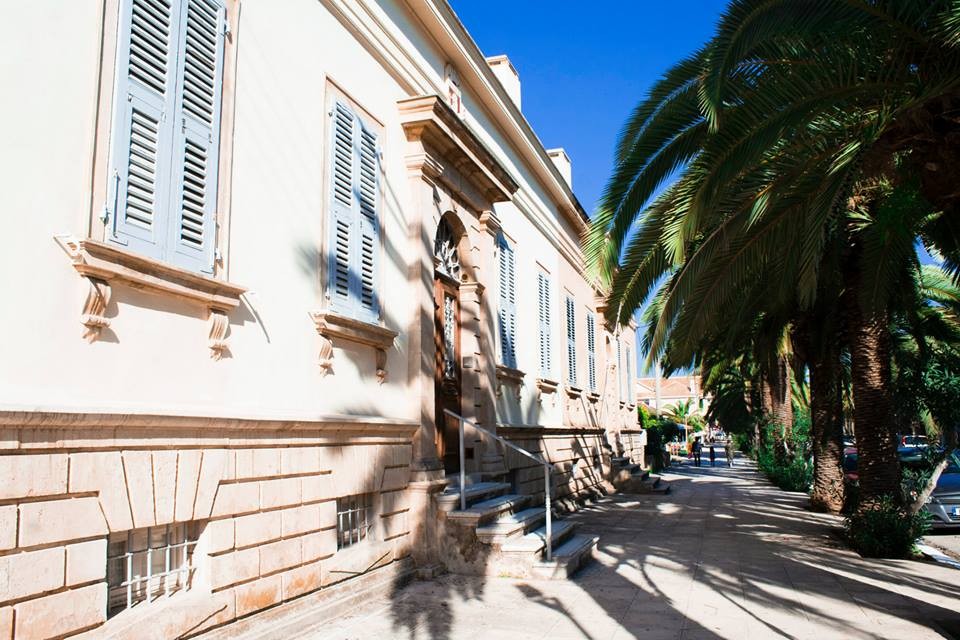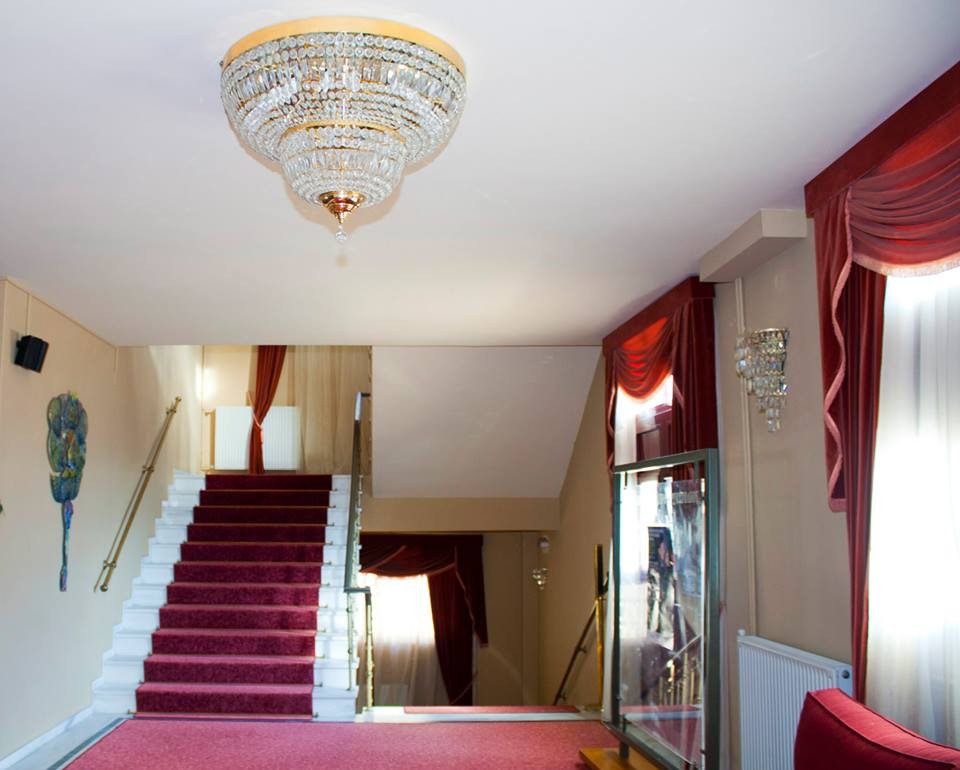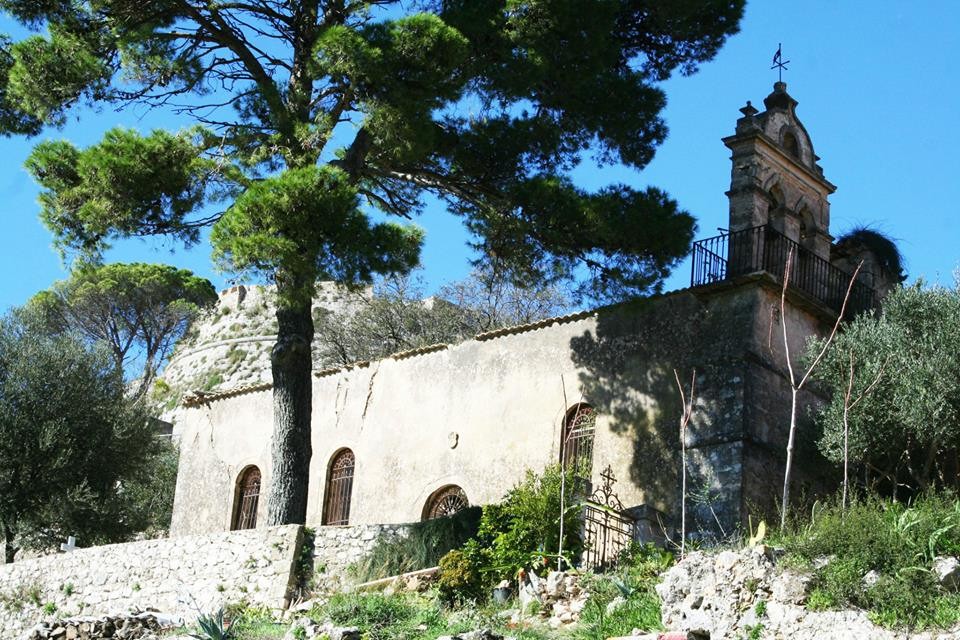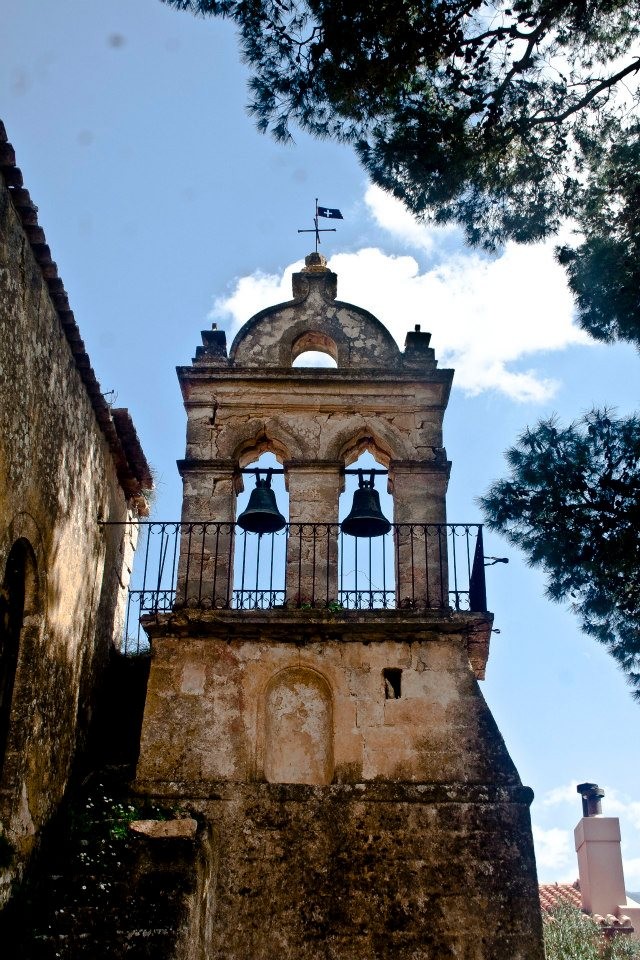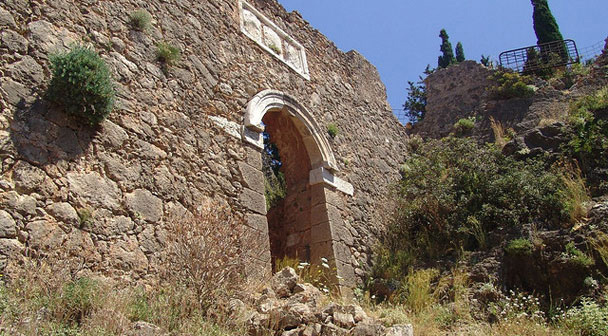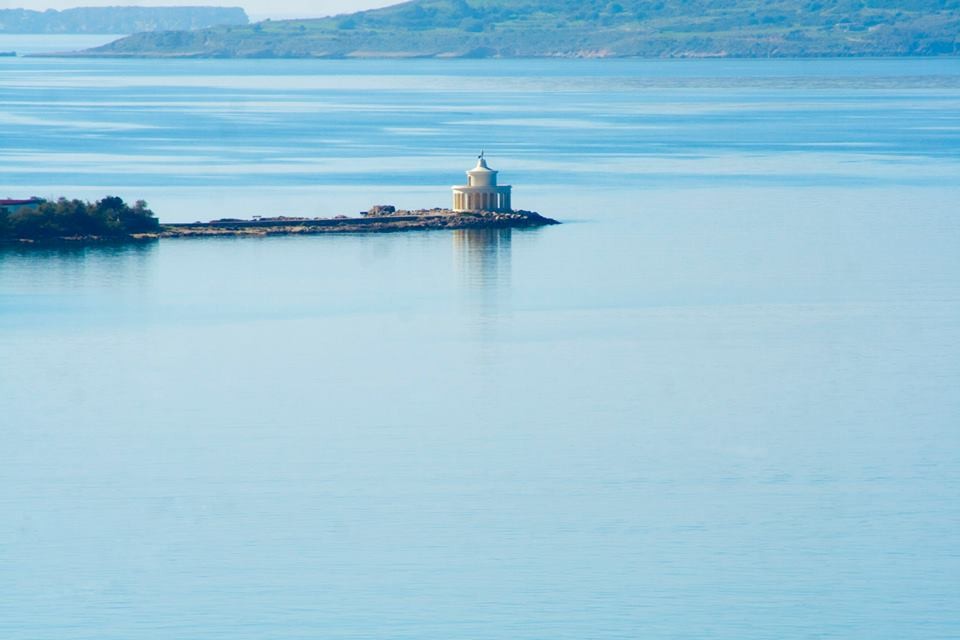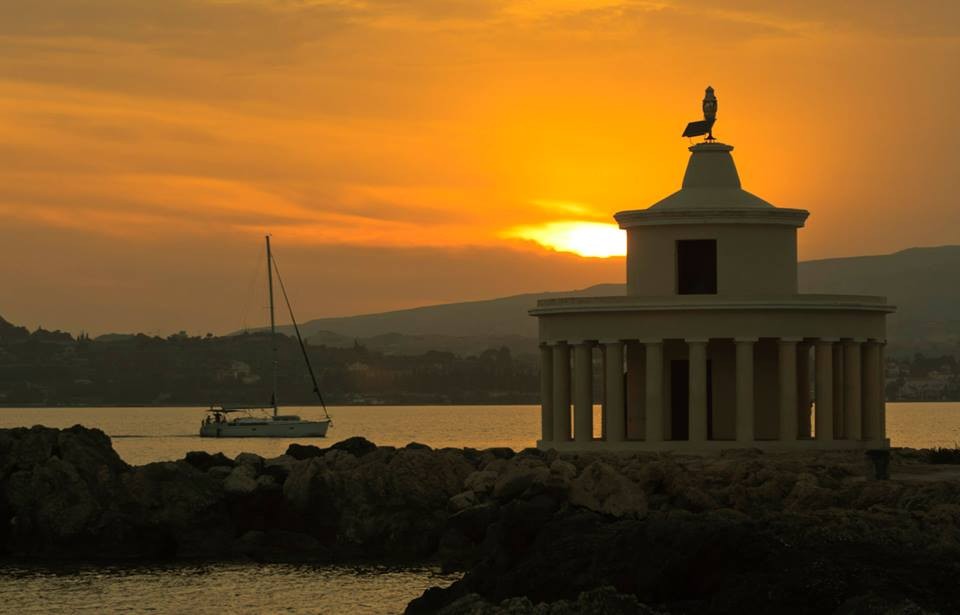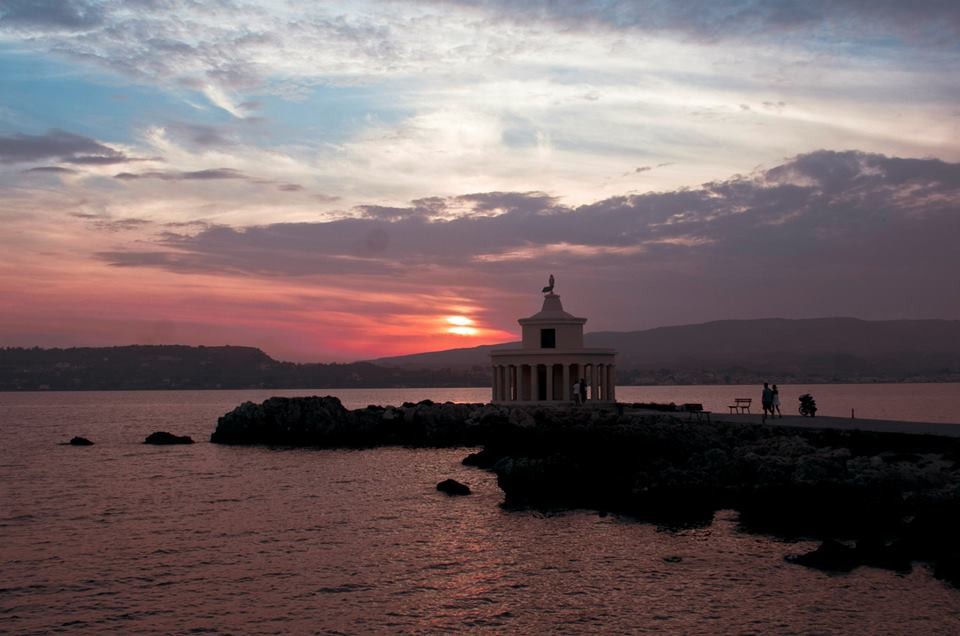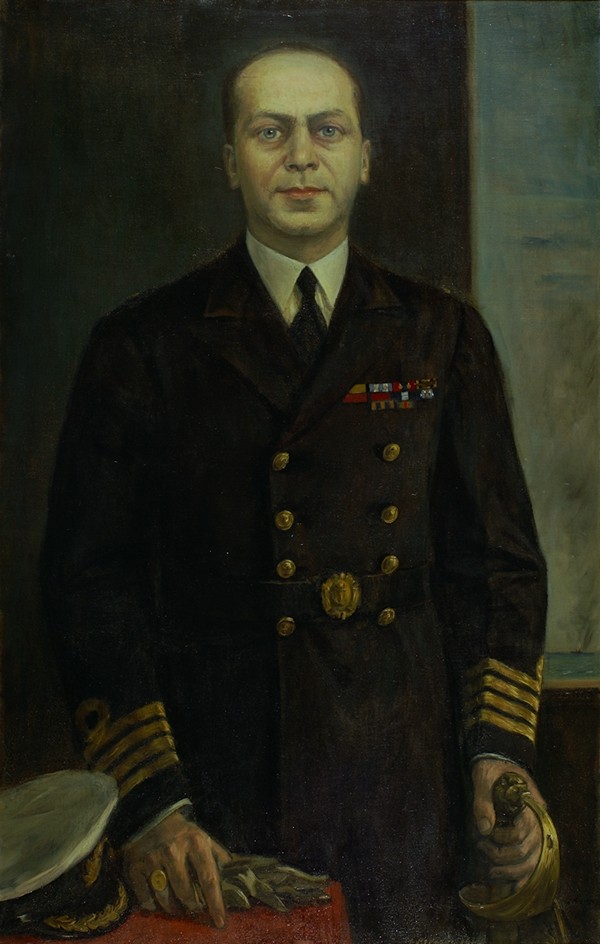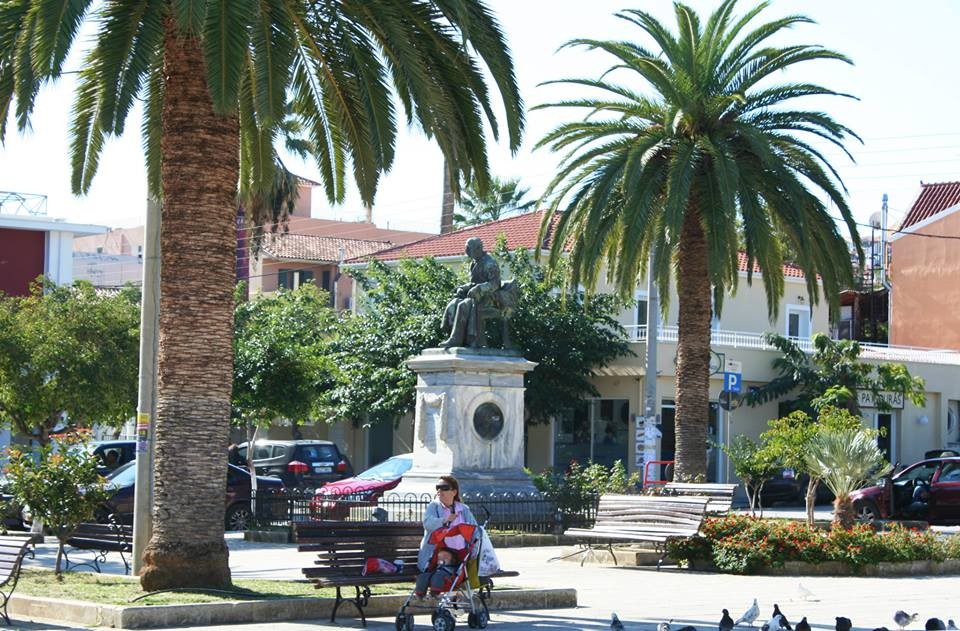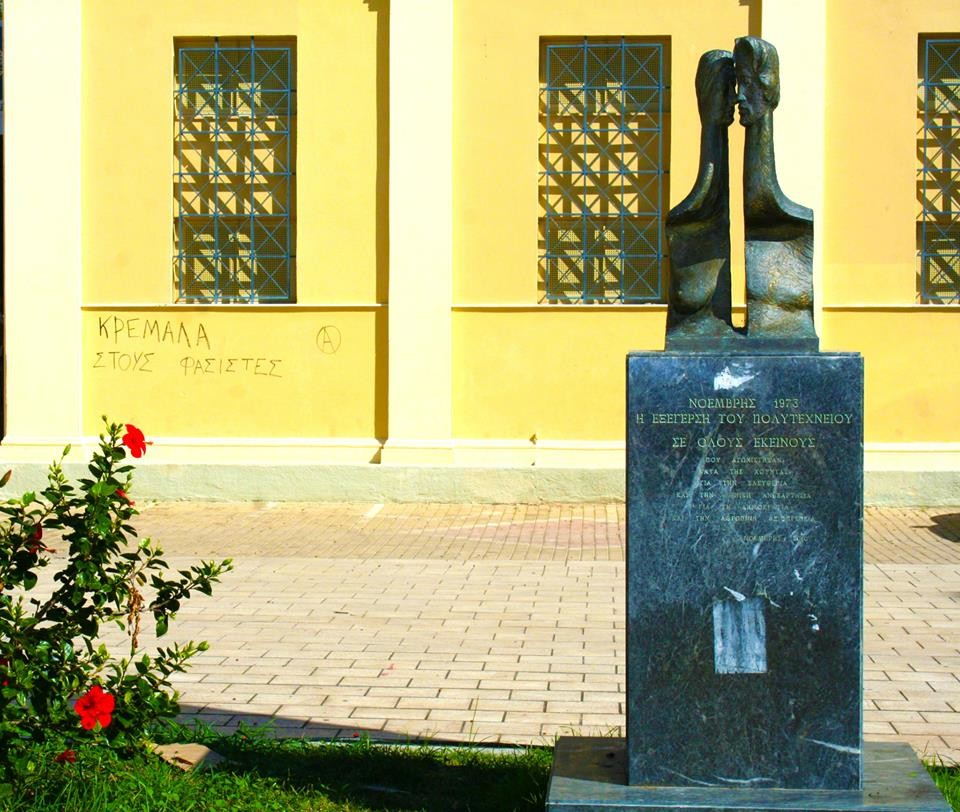Kefalonia - Culture
The beginnings of the history of Kefalonia are lost in the mists of time. Civilization has left the modern generations with thousands of years worth of varied cultural elements, whose presence is intense and easily recognizable today.
• Archaeological sites of great interest, from the prehistoric city’s walls, Mycenaean cemeteries, classical Tetrapolis of Kefalonia and Roman villas, dating back to the last years of the Roman Era.
• Churches and Monasteries constituting elements and components not only of the religious expression of Kefalonia, but also of its culture, as they are made with special attention to Art - so that today they are monuments and touristic attractions. The same has happened of course with their valuable 'content' - the Byzantine and post-Byzantine icons of immeasurable value.
• The museums of Kefalonia encompass the culture of the island in different forms: archaeological findings from the plethora of excavations are presented at the Archaeological Museum of Argostoli, the whole history of modern Kefalonia at the Folklore Museum, you will also find museums of special interest - all this variety is difficult to leave any visitor indifferent.
• Libraries containing thousands of volumes of books covering a long period of human history, from the 16th century to today. It is another example of the love of the inhabitants of Kefalonia for Culture.
• Centers of culture, which are simultaneously attractions, such as the Municipal Theatre of Kefalos and the Philharmonic Academy of Kefalonia.
• And finally, the sights of Kefalonia: monuments, statues, recreational areas, major works of the 19th century, lighthouses, natural monuments and geological paradoxes, rarely does a single island combine such different and unique attractions that cover the entire spectrum of Culture.
-
Monastery of Sission

The Monastery of Sission in Kefalonia it is said that was founded by Francis of Assisi in the 13th century and you can still admire the impressive medieval building. Read more
-
-
Nautical Club of Argostoli

The Nautical Club of Argostoli, located in Argostoli, has contributed over the years in the nationwide distinctions of its athletes in many types of sport. Read more
-
-
Fest in Virgin Mary Fidoussa in Markopoulo

Markopoulo of Kefalonia is the result of the large settlement of 1507 that the Venetians attempted to create in Elios and Pronnoi. The most important attraction of Markopoulo and one of the most remarkable sites of the island is the Virgin Mary Fidousa or Lagouvarda known for the appearance of snakes all over Greece and abroad Looking back in time we find traditions that have been spread by mouth and help us to realize the rather random location of this temple , and look for the miraculous appearance of snakes. In this temple on August 14th there is a big festival where crowds and vendors are gathered and entertain. Read more
-
-
Fest in the church of Valeriano

In the church of the village of Valeriano, which is dedicated to the memory of the great apostles of Christianity, Peter and Paul, the holy fest takes place on June 29th for the two great apostolic forms that their work and their actions spread Christianity in many parts of humanity. Read more
-
-
Fest of Saints Fanentes in Sami

The three local saints of Kefalonia, the three Saints Fanentes: Gregory, Theodore, and Leon celebrate on the moveable celebration of Orthodoxy, the day of All Saints. A big festival with food and plenty of wine takes place in the courtyard of the church. Read more
-
-
Fest in Agrilia
On 1 May morning, the traditional festival takes place at the Monastery of Agrilia with grilled food, wine and dancing with orchestra. On evening the events are transferred to the central square of Sami, with dance bands and concerts. Read more
-
Fest in Troianata
On August 12th there is the feast of Moustalevria in the village of Troiannata. It has a rich cultural program with revival of pressing grapes and traditional dances. Read more
-
Fest of Farsa
On August 7th the annual traditional festival of Saint Christoforos takes place in Farsa. Read more
-
Fest of Savior
The annual traditional festival of the Savior takes place on August 6th in Davgata. Read more
-
Fest of Saint Panteleimonas
The fest takes places on July 27thin Thinia and more particulary in Kontogourata. Read more
-
Fest of Diotissa
The feast of Virgin Mary Diotissa takes place on the islet of Zeus, located to the south of Kefalonia. At 7 am, the boat from the port of Pessada starts on the day of the feast and transfer people to the island. Here there are the treats such as traditional “riganada” and other delicacies, under the big tent that shades the courtyard near the church after the liturgy. Read more
-
Fest of Saint Paraskevi
In Kefalonia the Saint that is worshiped the most after Virgin Mary is Saint Paraskevi on July 26th. In the village of Atheras a single village nestled in the north of the peninsula of Paliki a feast takes place for the guests in a coastal place on the beach of Atheras. Read more
-
Fest of Drapaniotissa

On September 24th in accordance with the calendar of the Orthodox Church "Virgin Mary Myrtidiotissa" celebrates. Every time the caretakers of the cemetery follow the custom of past and are prepared for the holy feast. After vespers and the divine liturgy of the feast in the afternoon the litany of the icon starts from the church of Drepano, passes the bridge, continues to Saint Spyridon and gets into pilgrimage. Read more
-
-
Fest of Lamia
On September 8th Virgin Mary is celebrated in several monasteries. One of these celebrations is the Virgin Mary Lamia in Dilinata. In the courtyard of the monastery a large festival is held and is considered the most important of the entire summer and probably the last big one, in chronological order, before on October 20th. Read more
-
Fest of Saint Gerasimos
On August 16th, the local Saint Gerasimos and the monastery of Omala celebrates. The biggest holiday in Kefalonia is on August 15th, but a day later. This day is marked by the death of the Saint. Thousands people come to venerate the relics of the saint in the newly built temple. Believers wish each other living long. The celebration begins in the afternoon of the previous day with the liturgy. It is the biggest festival of the island that lasts two days. Read more
-
Fest of Virgin Mary in Themata
The Monastery of Virgin Mary Themata stands on a plateau at half height of Mountain of Agia Dinati in Pylaros, On Tuesday after the Easter a festival is held outside the church. The great table is early ready for the local soup of meat with celery and other herbs. The entertainment ends with music and dancing. Read more
-
Nautical and Environmental Museum in Fiskardo

You will be able to admire the skeletons of various marine mammals, turtles, seals and the whole skeleton of a whale that was washed up dead on the beach Emplisi in 1995, in the rooms of the nautical museum in Fiskardo. A recording of the marine fauna of Kefalonia and a photo gallery with the history of the area during the centuries will complete your tour. Read more
-
-
Museum of Natural History of Kefalonia and Ithaca

The museum does not operate in the last few years due to lack of staff. Read more
-
-
Museum of Radio and Telecommunication Material

More than 270 tabletop radios that work properly are hosted by Radio Museum, founded in 1995 by a private collector and amateur of radio, Charalambos Makris. Its exhibits also include gramophones, record players, tape recorders, radio , telephones and telephone centers of old age. The museum is visited by schools which enjoy a full educational presentation with additional photographs. A radio amateur station also operates in the museum with the call sign sv8xw & CB KF 244. Free entrance. To visit the museum you should make an appointment. Read more
-
-
Museum of Electricity in Faraklata

Since the early 20th century, this small village of Kefalonia, Faraklata had electricity! Initially to illuminate the village church, it used a generator set in 1909, but which no longer exists. In the small museum, housed in the building of the electric power stations of this period you can see production machines of the last century and concrete pillars of power distribution in Faraklata! Read more
-
-
Museum of Olive in Pilaros

The Museum of Olive in Pilaros is in Makriotika . The old oil mill of church of St. Demetrius, which houses the museum , is itself the greatest showpiece! The elements of the building and equipment are maintained, while in its exhibition you can see millstones, stations, mats and even jars where you store the oil. The stone used for floor comes from Falari and the moving parts are still maintained. The museum is open all year and has been included in the environmental education programs of schools of Kefalonia. Read more
-
-
Korgalenio Historical and Folklore Museum of Argostoli

Everyday objects of people of Kefalonia, furniture, tools, appliances, artwork, religious artifacts and historical documents are the objects housed in the halls of Korgialenio Historical and Folklore Museum of Argostoli. It was created in 1963 on the ground floor of Korgalenios Library and covers the entire modern history of Kefalonia: the Venetian conquest until the destruction of the earthquake in 1953. The permanent exhibition is divided in sections of urban and rural, ecclesiastical art and urban design. The collection of Byzantine icons of Charokopos and the Collection of Francis and Stephen Vallianos are exhibited separately. The consistency of the exhibition halls of the museum gives the visitor the feeling of visiting a real local home of past centuries and not a museum! Read more
-
-
Korgialenios Library

The library was established in Argostoli in 1925 and until today is a reference point for the city and the entire island. Read more
-
-
Foundation of Fokas Cosmetatos’ sons

A foundation with a multifaceted character was founded in 1984 by bequest of brothers P. Fokas Cosmetatos and is housed in a listed family house in Argostoli. On the ground floor of the building , which is located opposite to the building of the Prefecture, collections of rare works of brothers are presented: lithographs of Eptanesian and Greek interest as well as French by 18th century, coins and banknotes of the Mediterranean area. In the basement the Archives of the Foundation are kept for research and educational purposes while the first floor houses the Secretariat of the Foundation. An educational section with creative workshops and a children's library also operates in the foundation. Additional activities are the development of the file, the publishing and operation of collections. Read more
-
-
Iakovatios Library of Lixouri

There are a lot of things to admire in Iakovatios Library of Lixouri: thousands of books dating from the early 16th century to today, a museum of objects from Kefalonia from the same period, a yard available for cultural events, but also the building itself, a neoclassical masterpiece of the 19th century! Read more
-
-
Public Petritsios Library “Damodos” of Lixouri

More than 1400 volumes of old books fill the shelves of the public library of Lixouri. It is called "Damodos" in honor of philosopher and theologian from Kefalonia of the 18th century Vincent Damodos. It accommodates even collections of rare books and vestments. The library is open to the public daily from 8:00 to 13:30 and from 18:00 to 19:00. Read more
-
-
Ecclesiastical Museum of the Holy Monastery of Saint Andreas

If you are fond of Byzantine Art, during your visit to the Monastery of Saint Apostle Andreas of Milapidia in Peratata, do not miss the Ecclesiastical Museum of the monastery. Here you can admire the frescoes of the Church of the Monastery of Archangels of Milapidia, the shroud of National Martyr of Constantinople Patriarch Gregory V, the epitrachelion of Saint Nektarios and the shirt of Saint Panagis. Among the most important exhibits of the museum there is Archdiocesan bag of Kefalonia embroidered by the nun Theodora Kanali from the village Metaxata during the period from 1715 to 1721 and two handwritten letters of Saint Kosmas the Aetolian of 1777. The Museum was founded in 1988 by the current Metropolitan Spyridon and images and religious relics from the temples of the island that were destroyed during the earthquake of 1953, were gathered and exposed here. Read more
-
-
Archeological Museum of Argostoli

In the three halls of the Archaeological Museum of Argostoli, the visitor can admire the exhibits from the paleolithic period to the after roman period. They come from excavations across the island of Kefalonia: Sami, Fiskardo, the "cave Drakaina" Poros, Skala, cemeteries in Kokolata and Metaxata, the cave of Diakata and elsewhere. Among other things, visitors have the opportunity to admire here flint tools of Paleolithic period, pottery of the Middle Helladic period, gold coins of the Mycenaean era, bronze swords, an Egyptian scarab, and artefacts that testify the blossom of c Tetrapolis of Kefalonia in the 5th century BC C., which consisted of four cities -states, Pali, Krani, Pronnoi and Sami. Read more
-
-
Church of the Archangels in Valsamata

It is the main church in Balsamata of Kefalonia on plateau of Omala. A big festival every year on November 7th and 8th takes place there on eve and the day of the celebration of the Archangels. Read more
-
-
Church of Saint Dimitrios- Evaggelistria, Faraklata

The high steeple of this church is visible from afar! It reaches 42 meters in height and to reach the ringer on bells someone must climb 102 stairs! It is built in 1994 similar to the one that was destroyed during the earthquake of 1953. The central church was built in Faraklata in 1851 in Ionian style with ornate gates and thoughtful details . During the German occupation it was bombed and severely damaged , but restored on the basis of the original edifice. It is considered one of the largest churches across Kefalonia. Every year, on March 25th there is a big festival with participation from all over the island. Read more
-
-
Chruch of Mother of God Sissiotissa

It is located on the beach of Argostoli near the end of the Bridge of Devosseto and it is a church of Byzantine style which in its present form was built in 1957. The story of Sissiotissa begins much earlier as it is said that Francis of Assisi founded here the original church at the end of the 18th century. The name of the church originates from Assisi, as a paraphrase of the placename . It worked as a Catholic chapel until he fell into the hands of the Orthodox people of the city. In 1860 the original building was demolished and in its place a new more majestic church was built to satisfy the needs of people from Argostoli. The Kontomichalos, Momferatos and Peristianos families undertook the construction of the new building, the basilica with dome, in Byzantine style , which was used as a cathedral of the city until 1895. The devastating earthquake of 1953 completely razed the building of 1860 to build the current building with the help of the Greek army in 1957. The Virgin Mary Sissiotissa celebrated on November 21st, but here it is celebrated in grand style every year by the Metropolitan of Kefalonia, the Feast of the Epiphany and the Blessing of the Waters. If you find yourself in Sissiotissa, give your attention to the icon of Virgin Mary Portaiitissa, work of 1826 by Andreas Fokas – Cosmetatos. Read more
-
-
Saint Panagis Bassias

Saint Panagis Bassias lived in Kefalonia in the 19th century and was sanctified by the Orthodox Church on September 7th, 1986. He was born in 1801 in Lixouri, where he lived most of his life. Initially he worked as a teacher, unable to tolerate the English domination he quit his job and became a monk at the monastery of Virgin Mary Vlacherna at the island Dias, on the shores of Palliki. Returning from there he was ordained priest and dedicated to the service of the church. He had as a base for more than fifty years the church of Saint Spyridon in Lixouri, where he accepted every soul in pain and trouble seeking advice and consolation. He suffered in his life from neurasthenia, he donated his entire fortune to the poor and those who were in need and helped people with all his strength. The stories of his miracles, insight and intuition remain vivid in memory of local people who refer always with great love to "Saint Bassias." Read more
-
-
Saint Varvara

The small chapel is located outside of Argostoli, in a cave under the main road. The area was originally called Agia Varvara. According to tradition, in 1912 a young refugee fell from the road down in the ravine, but he landed on the ground without the slightest wrong! The child himself is said to have narrated that a woman in white helped him to get down. Since then the villagers were watching a flame burning the whole year. When a few years later they found the courage to explore the mystery of flame, they entered into the cave and found the icon of Saint Varvara. They attributed to her the wonder and took the icon in Argostoli, where according to tradition, he stopped a major epidemic that had erupted and decimated a lot of people! The chapel was built in the cave and you can see it from the street - under bridge. From 1953 onwards, the miraculous icon was disappeared - probably stolen. The church celebrates on December 4th according to tradition; the faithful people boil wheat and offer it in congregation, in commemoration of the salvation of the island from the epidemic. Read more
-
-
Saint Nicolas of Latins

It is the Catholic Church which is located on the main street of Argostoli, Lithostroto. It hosts the famous throughout Kefalonia icon of Virgin Mary of Preveza in Byzantine style, which attracts many pilgrims, Catholic and Orthodox. Read more
-
-
Saint Spirodon, Lithostroto

The church of Saint Spyridon, one of the most central city churches is in the middle of the central pedestrian walk of Argostoli, Lithostroto. If you are here, do not hesitate to step inside and admire the gold, carved wooden temple that was transferred to Saint Spyridon in 1953 from the Cathedral. The devastating earthquake almost leveled the building, but the temple was rescued and brought here, where it has remained ever since. The memorial litany is made for the victims of earthquakes every year in Argostoli and it starts from here. Read more
-
-
Monastery of Kipouria

If you are in Lixouri and ask for "the monastery", the majority will guide you to Kipouria. The Monastery counts more than 250 years of existence , having been established in 1759 by Archimandrite Chrysanthos Petropoulos from Paxos , who dedicates it to the Annunciation. It took its name from the many gardens (“kipoi” in greek) maintained there by the monks. It is built on a plateau of a rock, 100 meters above the sea level , in a unique landscape. It has view to the west with a courtyard for guests to attend one of the most spectacular sunsets of Kefalonia . Read more
-
-
Monastery of Mother of God of Themata in Pilaros
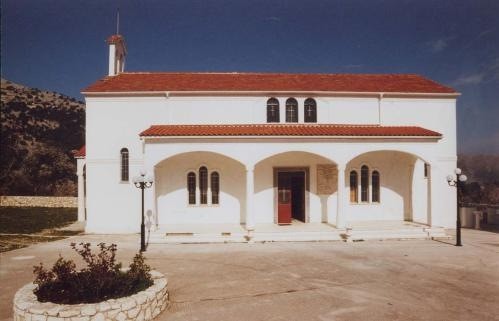
This very old Monastery of Kefalonia is built on the slope of Agia Dinati near Makriotika. The location of the monastery gives visitors the opportunity to admire wonderful view to Ithaca and the Ionian Sea. It was founded in the late 10th century, in a green location , through a forest of oaks . It owes its name to either the commander of this " issue" (“thema” in greek) of the island at that time or according to others, the fact that anyone who resorted to the assistance had " issues ", problems to deal with. You can see the old wooden temple, but the icon of Virgin Mary of Themata, whose litany takes place every Tuesday after Easter when the monastery celebrates. On the same day and there is a big festival in neighboring forest of bushes. You will arrive in Themata by asphalted road from Makriotika, after stopping of course several times along the way to admire the view! Read more
-
-
Chruch of Evaggelistria in Kastro

It is built in 1580 as it is written in marble inscription and is located within the walls of the Castle of Saint George. It was also the Cathedral of the medieval capital of Kefalonia, until it was moved to Argostoli. It is built in a single-aisled basilica style and has carved temple, while the old bell tower still stands and is under restoration. Read more
-
-
Church of Virgin Mary in Drapano

The church of Virgin Mary Mirtidiotissa in Drapano (or ' Drapaniotissa ' ) is the patron saint of Argostoli . The miraculous icon celebrates on September 24th , when a great litany takes place and goes through the Bridge Devosseto and ends at the Church of Saint Spyridon in Lithostroto. Every year there is a big festival in the yard of the church on the day of celebration, in which fireworks are thrown according to tradition: the temple was inaugurated in 1836 and since 1840 we have the first reports about fireworks which initially were thrown from the opposite hill to be seen by the surrounding villages as well. Read more
-
-
Monastery of Mother of God of Atros (Poros)

It is the oldest monastery in Kefalonia as it was constructed in the 8th century, during the Byzantine Era. After you climb on 760 meters from the sea, you can admire the medieval tower and Arhondariki. It was men’s commune and for many centuries it influenced the spiritual life of Poros lying down on the beach. It is celebrated on September 8th (Birthday of Mary), when believers from the surrounding area to the clean it to celebrate the solemn liturgy. Read more
-
-
Monastery of Mother of God of Agrilia in Sami

According to tradition, in the area where the monastery is today, back in 1722, two shepherds and their maid found the miraculous icon of Virgin Mary. All three took the decision to become monks and the monastery was built here. It is a male monastery and celebrates on the Assumption. During the 18th century Kosmas of Aetolia came through, in honor of whom a little church was built within the precincts of the monastery, which is celebrated on August 24th . It is linked to Sami by asphalt road. Read more
-
-
Monastery of St. Andreas the Apostle of Milapidia

In Peratata of Kefalonia, there is one of the oldest monasteries. Here the believers can venerate the relics of the Apostle Andrew tread that was donated by the Princess Roxanne from Romania when she came to the monastery to become a nun. The foundation of the monastery took place sometime in the Byzantine period. In 1264 it was referred as monastery in the Records of the Latin Diocese in Kefalonia. Later it was depopulated and re-founded in 1579 when three spiritual sisters decides to become nuns here. In 1639 princess Roxane Tzigara arrives here and she was renamed Romelia and donates to the Abbey all her great fortune. Among these was the invaluable part of the relics of the Apostle Andreas "the sole that should lie upon the flesh of the saint with the dried blood, as it is also evident from the wound from the pin of the crucifixion of Lord. And its aroma is distinctive and extremely intense "as the website of the Holy Metropolis of Kefalonia states.The monastery is only for women. The nuns are occupied with the textile industry, iconography, craftsmanship and hospitality, as well as farms and gardens . The monastery also cares about the maintenance of portable icons. The Monastery got its name from the characteristic tree " Milapidea " an apple and pear tree in combination that grows here . The old Catholic monastery survived from the earthquake of 1953 and now houses the museum of Kefalonia: among the exhibits there are medieval frescoes of the monastery of the Archangels of Milapidia, the shroud of national martyr Patriarch Gregory V and the shirt of Saint Panagis Basias, local Saint of Kefalonia. The temple was created in early 17th century . The frescoes of the church until the earthquake of 1953 were covered with lime: in 1832 the operation of the Convent was temporally stopped by the English conquerors who wanted to turn the monastery into a Protestant school . The Museum also has two handwritten letters of Saint Kosmas the Aetolian from the year 1777 and the Archdiocesan bag of Kefalonia embroidered by hand from 1715 to 1721 by the nun Theodora Kanali from Metaxata. On 30 November a great feast takes place in the monastery, honoring the memory of Saint Andreas. There is also a big festival on Friday after Easter ( Easter ) on the feast day of the Life-Giving Spring, which is the "second patron of the monastery ". In the monastery there are also the chapels of Archangels , Saint Nicolas Skardampelis , Saints Catherine, Paraskevi and Virgin Mary Merciful where festive liturgies take place. The monastery receives daily visits from 7:00 a.m. to 2:00 p.m. and 17:00 - 20:00 Read more
-
-
Saint Gerasimos

It is located on the plateau of Omala and it is the largest religious monument in Kefalonia having been established in 1560 by Saint Gerasimos , the patron saint of the island. Read more
-
-
Church of Virgin Mary Lagouvarda in Markopoulo (Fidiotissa or Fidoussa)

One of the most famous temples of Kefalonia, Virgin in Markopoulo accepts every year thousands of pilgrims and other “curious” guests. These are small karmless snakes having in their head four black dots in a shape of a cross! They appear between 6 and 16 August in the rocks behind the Frankish bell tower and crawl fearlessly between the world and in the church. Read more
-
-
Roman Villa of Skala
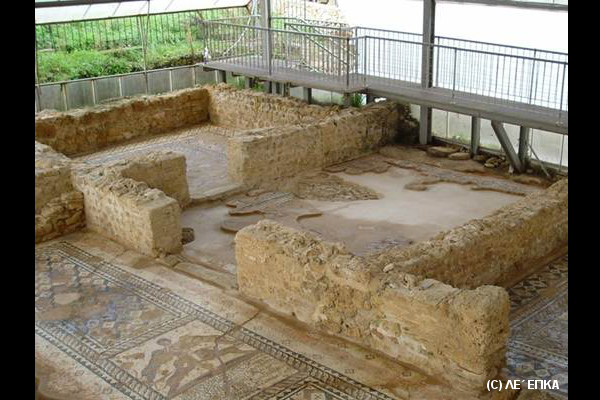
A rural Roman villa from the 2nd century AD was discovered by archaeologists in 1957 and now it is the most important monument of that time in Kefalonia. It is located in the village of Skala near the sea. Today we can see six rooms of the villa, between them and the outdoor courtyard. Four of the other sites have mosaic floors, colorful, decorated with geometric motifs of special artistry. A fire seems that destroyed the villa in the 4th century AD and a few centuries a Christian church was built on a part of the villa and operated till 9th or 10th century. Read more
-
-
Mycenaean chambered Tomb in Tzanata

In place of Bortzi in Tzanata of Kefalonia there is the largest vaulted Mycenaean tomb of the area. The archaeologist Lazaros Kolonas unveiled the monument in the early 1990s. The tomb has a height of almost 4 meters and diameter of 7 meters. The objects revealed by archaeological research indicate wealth and apparently belonged to nobles and rulers who were buried here and suggest that the area was a flourishing Mycenaean center identifying it with Homeric Ithaca. Read more
-
-
Mycenaean Tombs in Metaxata
In Chalikera of Metaxata Mycenaean and post-Mycenean tombs were discovered by the archaeologist Spyros Marinatos. The findings of these tombs are much less in comparison with those tombs in Mazarakata and Lakithra. Read more
-
Mycenaean Tombs of Lakithra

The ancient Mycenaean tombs were discovered in the early 20th century just outside the village Lakirtha. Two archaeologists from Kefalonia Kavadias Panagis and Spyros Marinatos brought into light the artifacts from the richest Mycenaean cemetery on the island . Read more
-
-
Mycenaean Tombs in Mazararakata

The construction of public utility that the English conquerors of Kefalonia wanted to buil in the 19th century led to the discovery of the largest of the Ionian Mycenaean cemetery, near Mazarakata, in Libatho. The Swiss commander De Bosset excavating the area in 1813 to save limestone to coat the roads. Then four of the seventeen graves were violated, and the discoveries that came into the possession of the De Bosset are still today in the museum of Neuchâtel, Switzerland to which he donated them. Read more
-
-
Roman baths in Sami

Today you can see in Sami in the modern city authentic very well maintained roman baths. It dates from the 3rd century BC and was used till the 6th century AD. It consists of six chambers two of which maintained the mosaic floor , while there was a bathtub in the third one. The external walls reach the 4 meters and the heating system of baths is still obvious. The Romans took the bath everyday as enjoyment and used to build such facilities in all their conquests. They had developed a remarkable system of heating not only of water but also in the chambers creating special spaces below the floor . Read more
-
-
Roman baths in Fiskardo

The private baths of Roman period were discovered in Agios Andreas in Fiskardo, next to the sea. The area has been confirmed by archaeologists that was the urban center of that period. In baths there were three hypocaust areas used for heating water and chambers. Even a small tank for cold water was discovered and anyone can clearly see the walls of the bath. Read more
-
-
Roman Villa of Saint Euphemia

The mosaic floor of the Roman villa that you will have the opportunity to visit in Saint Euphemia, will impress you. The excavation of the villa was only completed in early 2000. Dating back to early Christian times and abandoned at the after roman period when it was used as a place of burial. You can clearly see how the rainwater was gathered in every detail. Read more
-
-
Archeological Site of Sami

With signs of habitation from Helladic period (3rd millennium BC) the archaeological history of Sami is among the richest ones in Kefalonia. Its prosperity came during the Classical period, when Sami, as a city-state, controlled the eastern part of the island. It even had its own bronze and silver coins with the monogram of the city. Read more
-
-
Ancient Krani

One of the four city-states of the Classical and Hellenistic Period, ancient Krani is located on the southeastern coast of the Gulf of Koutavos one kilometer from Argostoli. Read more
-
-
Archaic temple of Skala

This Doric temple dates from the Archaic Period at the end of 6th century BC - early 5th, evidence that makes it unique in Kefalonia. It belonged to the ancient city-state of Pronnoi. It is located in the regional road of Skala to Poros, near the Roman villa of Skala. The church was investigated in 1960 for the first time by the archaeologist Spyridon Marinatos and today the site is open and has free entrance. Read more
-
-
Bridge of Devoseto
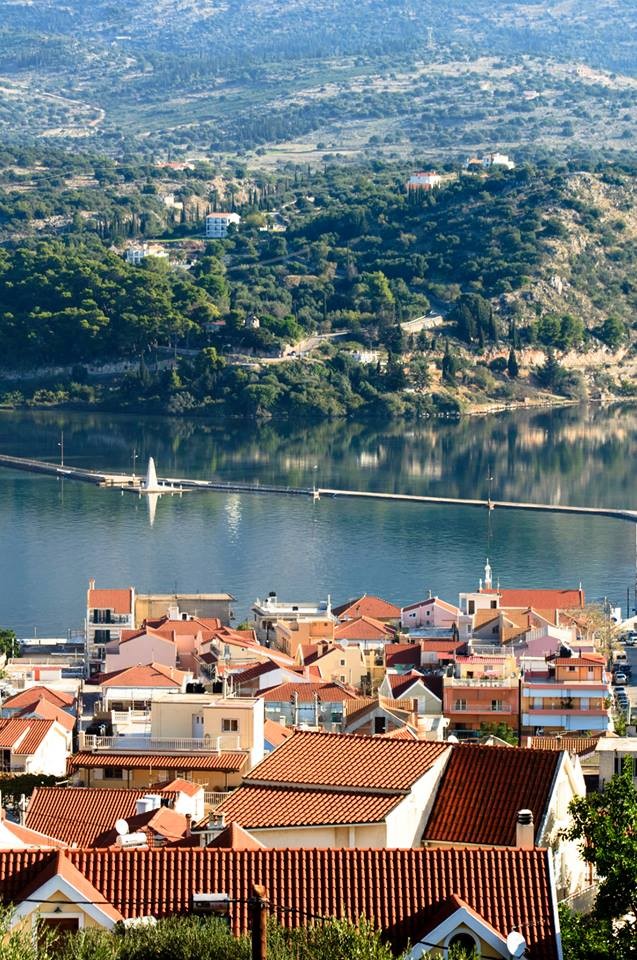
The great stone bridge which dominates on the bay of Argostoli is the project of the Swiss Charles -Philippe De Bosset or in greek Devosseto. It was constructed in 1813 by the engineer and military governor of Kefalonia and officer of the English army. It has a length of one kilometer and was originally wooden. In the middle of the bridge you will encounter a pyramidal monument dedicated to manufacturers. In 2005 the passage of wheeled was prohibited and it is now closed to visitors waiting for the authorities to maintain it as it is necessary for a monument. Read more
-
-
Marinos Fokas- Kosmetatos’ House

It is one of the few buildings of the architecture of Argostoli before the earthquake and you can admire it in the avenue of Rizospaston. The mansion which is also known as Palace, was constructed in the 1850s and was initially a two-storey stone-built building. During the British rule it housed the English mission, British families and for a brief period the Norwegian consulate. In 1953 a devastating earthquake destroyed the first floor of the mansion and after the restoration , only the ground floor was saved and a new roof was constructed similar to the old one. It is still used as the house of family Cosmetatos, while all objects of exhibition and museum value are transferred and exposed to the Foundation of Sons Fokas - Cosmetatos. It belongs to the Greek public endowment. Read more
-
-
Monument of fallen Italian soldiers

The Monument of the Fallen Italian soldiers is at the top of the hill in Fanari at the city limits of Argostoli. It was constructed in 1978 in memory of the Italians who lost their lives in Kefalonia, one of the worst massacres of the Second World War: the Acqui Division was in Kefalonia, when Italy capitulated against Germans and it faced their outrage. The Italians refused to surrender to the Germans but chose to face them in battle, although there were no hopes of escape: those who were not killed on the spot, were captured. Almost 10,000 Italians were killed in Kefalonia in battles that lasted ten days as they were executed by the Germans after arrested, while about 3000 were drowned when their ship hit a mine off the island. At the point of "Casetta Rossa" (Red House) which is located near the Monument, 117 people were executed. Read more
-
-
Anevue and Column of Rizospaston

Otherwise the Road of palms in Argostoli . This is the natural extension of Lithostroto after the central square of Argostoli. It is a two-way street. It results in Column of Rizospaston, the monument dedicated to the pioneers of the party with a view to the Union of the Ionian Islands with Greece (Ioannis Detoratos Tipaldos , Iosif Momferatos, Ilias Zervos - Iacovatos etc) . It was built at the expense of Kefalonia and Ithaca Fraternity of Piraeus in 1933 by sculptor George Bonanos. It has a total height of 3.25 meters and in the upper part there is a plate with the date of the Union of the Ionian Islands with Greece on May 21st, 1864 «Η ΙΣΤΟΡΙΑ ΣΤΕΦΑΝΕΙΟΙ ΤΟΥΣ ΑΣΤΟΥΣ ΤΗΣ». Below the inscription their names are engraved, while on the back you can read the resolution of the party which was read to the Parliament in 1850 with the aim of the uprising in favor of the Union. Read more
-
-
Public Theater of Argostoli “Kefalos”

Jewel and pride of local people in Kefalonia is the Municipal Theatre "Kefalos", the largest theater stage of Kefalonia . In its current form it has been operating since 1994. The history of the theater however starts from 19th century, when the great music-lovers felt it necessary to build a space that could accommodate performances of European level, mostly Italian productions such as traviatas and operettas. So to ensure the necessary funding they have produced a peculiar contract: Donors therefore, were also co-owners with the ability to shape on their own their personal gallery! The theater opened in 1858 with "La Traviata" by Verdi. As the historians and folklorists note, Kefalos was full of local people who always loved the arts. In his chamber all classes of society in the island were met, as music for both aristocracy and people was a part of their everyday life. The theater was used after the Destruction of Asia Minor to house refugees and since then it stopped hosting shows. During the 2nd World War it was bombed and burned while the earthquakes of 1953 razed what was left of the jewelry of Kefalonia in 19th century. Nowadays the theater has hosted not only the local artistic expression, but also performances of the National Orchestra of Opera , international productions , theatrical performances , concerts of major artists such as Mikis Theodorakis and others. Read more
-
-
Castle of Saint George

The castle of Saint George is built on a hilltop in Peratata outside Argostoli n the 12th century BC by Byzantine Emperors. Subsequent interventions, especially by the Venetians improved it and it remained the capital of Kefalonia till 1757. It occupies a total area of 16 acres, while the perimeter of the walls is 600 meters. It took its name from the old chapel of Saint George at the top of the hill before the fortification. Read more
-
-
Castle of Assos

It was the Venetians conquerors of Kefalonia who decided that peninsula of Assos, this small piece of land in the sea , joined with the rest of the island only by a narrow strip of land only would be an ideal site to build a castle - fortress that will protected the island from any would-be attackers . The work began by thousands of local people in 1593 and was completed two years later. The designs of the Venetians for the creation of a large castletown were unsuccessful however, and between then and 1968 even the last resident left and the Castle of Assos remained as complementary to the external settlement. Read more
-
-
The Beacon of Saints Theodoroi

The Beacon of St. Theodoroi is the Lighthouse of Argostoli and was named after the small church located nearby. It is located about 3 km away from Argostoli and you should visit it to admire the architecture, the magical sunset and the view of the island Vardianoi which is located on the opposite side of the bay. Read more
-
-
Monument of National Resistance

It is dedicated to fighters from Kefalonia who fought against the Germans and Italians during the Second World War and the Occupation and it is located in Argostoli , the junction of the streets of Erithros Stavros and Charokopos. The monument was erected in 2007 and is the work of sculptor Gerasimos Kalogeratos. It consists of a lanky female statue with a sad face and two large marble slabs on either side. It has a total height of about 12.5 meters. The National Resistance in Kefalonia boasts great achievements against the occupier. The rebels of Kefalonia were among the first who organized nationwide and coordinated sabotage operations against the enemy, contributed to maintain and raise the morale of the oppressed people. Read more
-
-
Bust of Commander George Blessas
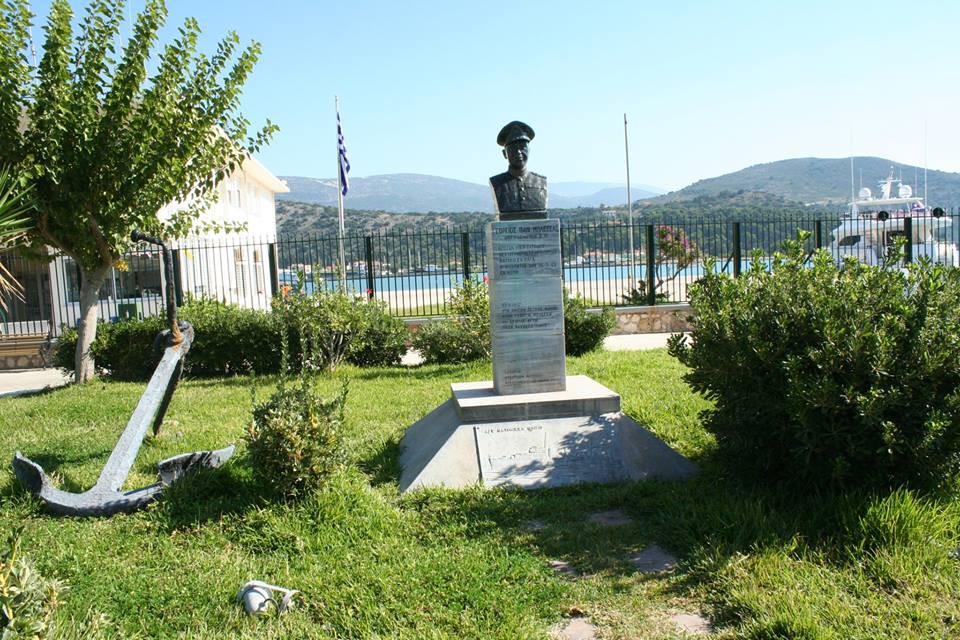
The statue of the hero of the Second World War, Commander George Blessas stands on the beach of Argostoli in front of the building of Port Authority. Commander of the destroyer "Queen Olga" was killed on September 26th 1943 when German bombs sank the ship. George Blessas was born in Argostoli on the New Year’s Eve of 1905 and the outbreak of war in '40s found him in the Navy, Governor of torpedo “Kydoniai”. With the collapse of the front in 1941 he managed to lead the torpedo Aspis as its Governor in Alexandria. Since August 1942 he was Governor of “Queen Olga” and the ship participated in revolutionary acts and took part in the landing of the Allied forces in Italy after its surrender. In September 1943 it sails in Aegean Sea to fight in the Dodecanese. Here at Laki of Leros on September 26th 1943 the German bombers sink the ship and led to the death Blessas and 71 crew members. His name was given to a vessel of Greek naval n honor of George Blessas and he won major medals. Read more
-
-
Municipal Cemetary in Drepano

It is a different cemetery which more resembles to an outdoor museum space and not a place of mourning. Marble and stone monuments, works of famous Greek sculptures adorn the main site and allow you to take a walk to get to know most of the celebrities that have marked the recent history of Kefalonia. Prominent among the many works of art are the Sleeping girl of Filippoti, the bust of satirical poet Tzortzis Molfetas but also sculptures of Bonanos, Skalkottas , Brutus, Dalermas, Vitsatis and others. Read more
-
-
Square and Statue of Vallianos

It is the central square of Argostoli, paved with many trees and palms. It took its name from the benefactor Panagis Vallianos, the statue of whom is currently at the top of the square. Read more
-
-
Square and Bell Tower

It is the most historic square of Argostoli where they burned the Libro d 'Oro in Kefalonia in 1797 , marking a new era for the local community without nobility and separations. The French, with the advent of whom the "Golden Book" was burnt, planted in the square the "Tree of Liberty "and so they renamed the Square which until then was called "Saint Mark's Square”. In history we find this square to play an important role in various mainly revolutionary events related either to the Union of the Ionian Islands or later the German Occupation. According to historian Spiros Lukatos, under British rule, the square of the Bell was a place of torture and martyrdom of rebels of the island who often suffered from public flogging . Read more
-
-
Lithostroto
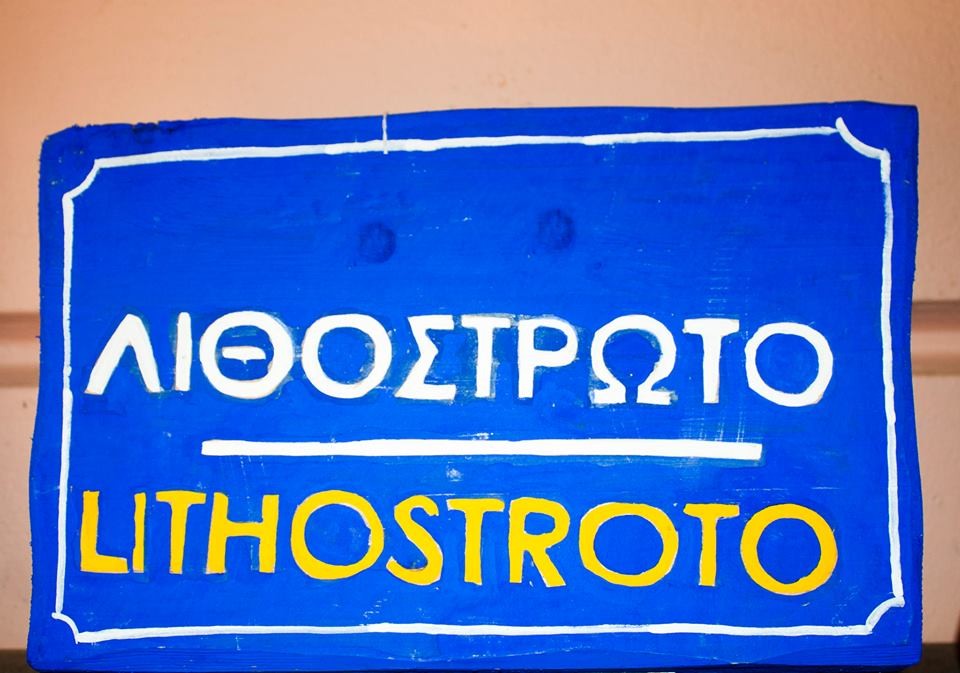
The main pedestrian shopping street of Argostoli . It is inconceivable to visit Kefalonia and not to walk this street. Most shops are located here or in parallel and perpendicular streets. It is the place that local people drink coffee, make serenades and here is the place where the customs of local tradition are revived. It starts from Kampana Square and and reaches almost to the central square of Argostoli, Vallianos’ Square. Apart from the various shops, you will find the church of Saint Spyridon with its beautiful carved gold temple and the Catholic Church of Saint Nicolas. At the end of Lithostroto you will see the "Kefalos", the grand theater of Kefalonia. Read more
-
-
Statue of Nikos Kavvadias
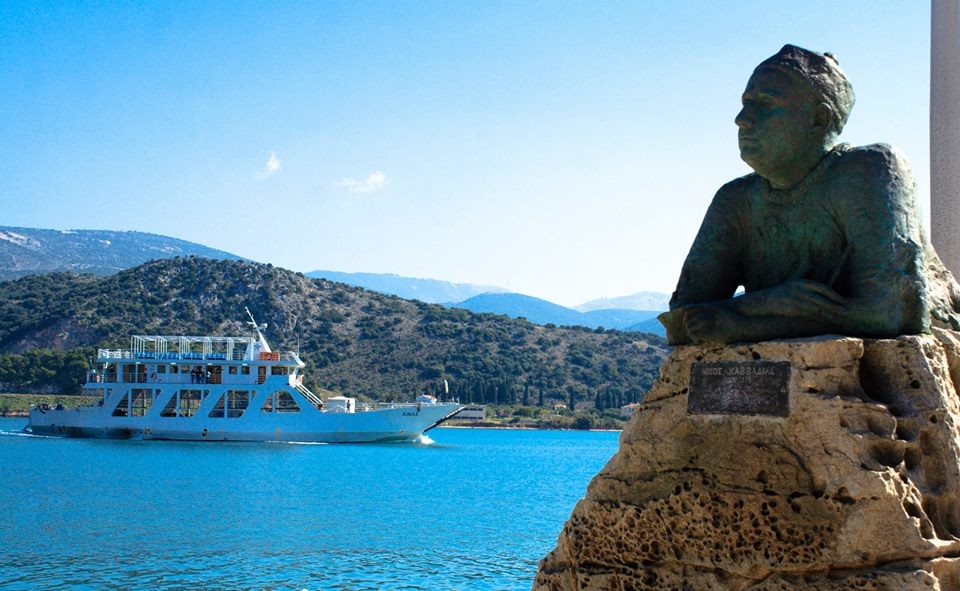
One of the most important Greek poets, the sailor Nikos Kavvadias comes from Fiskardo and you can see his statue in Argostoli Read more
-
-
The statue of Andreas Laskaratos
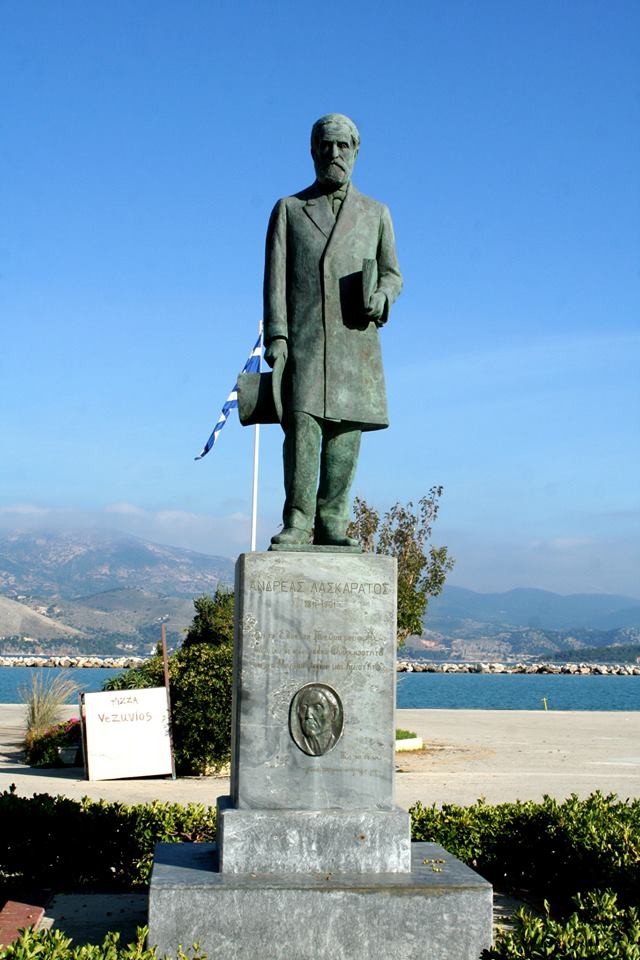
The statue of Andreas Laskaratos Read more
-













